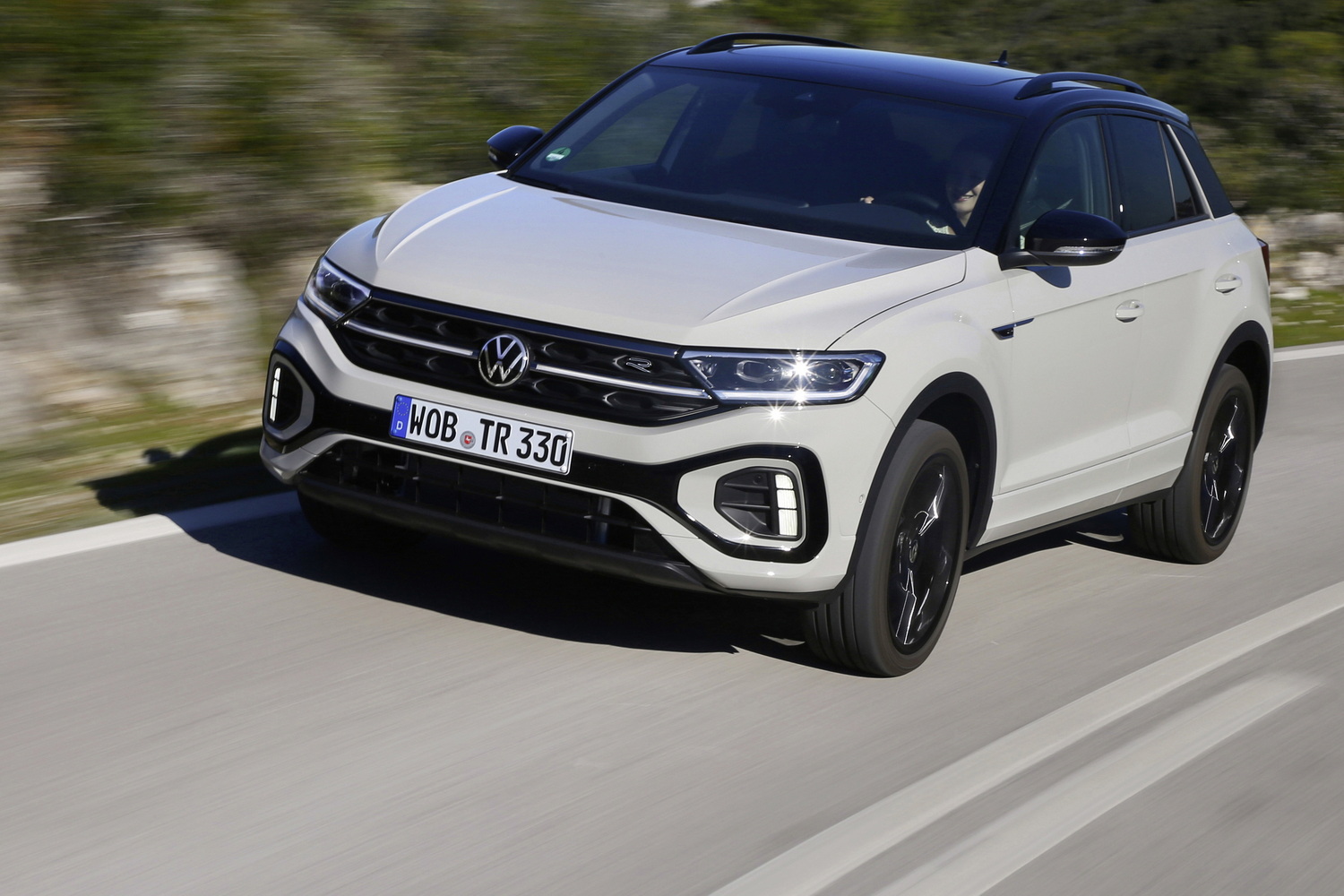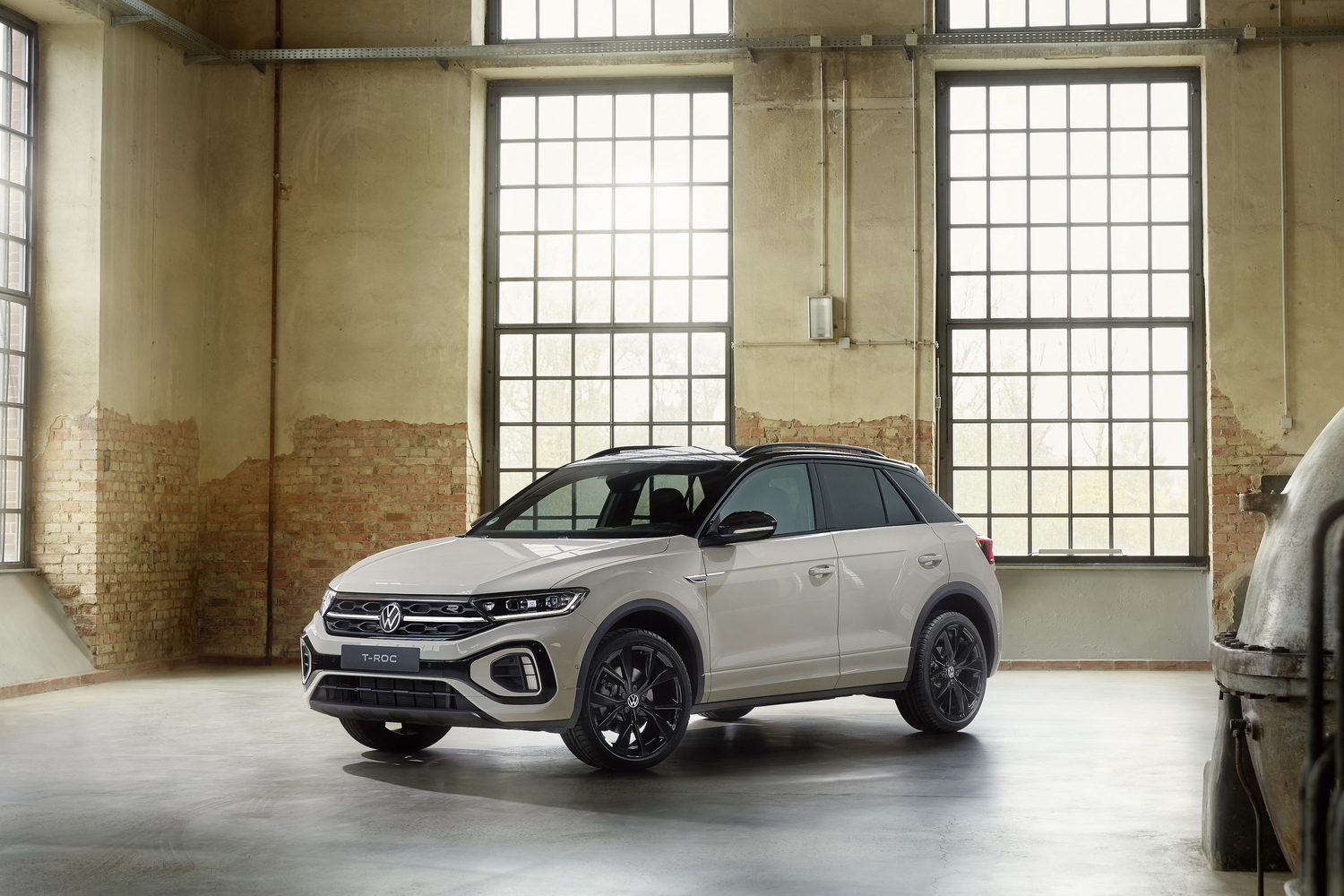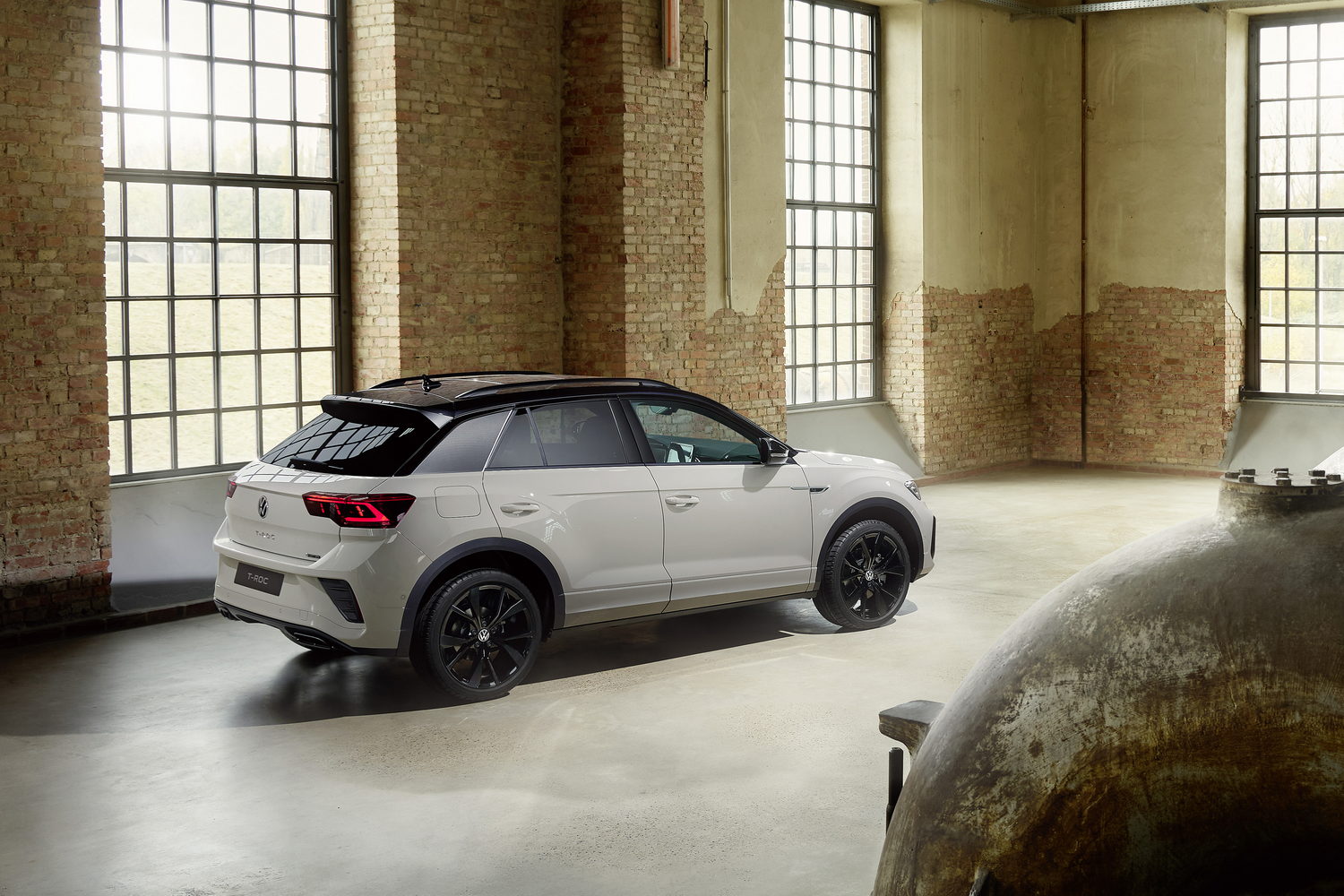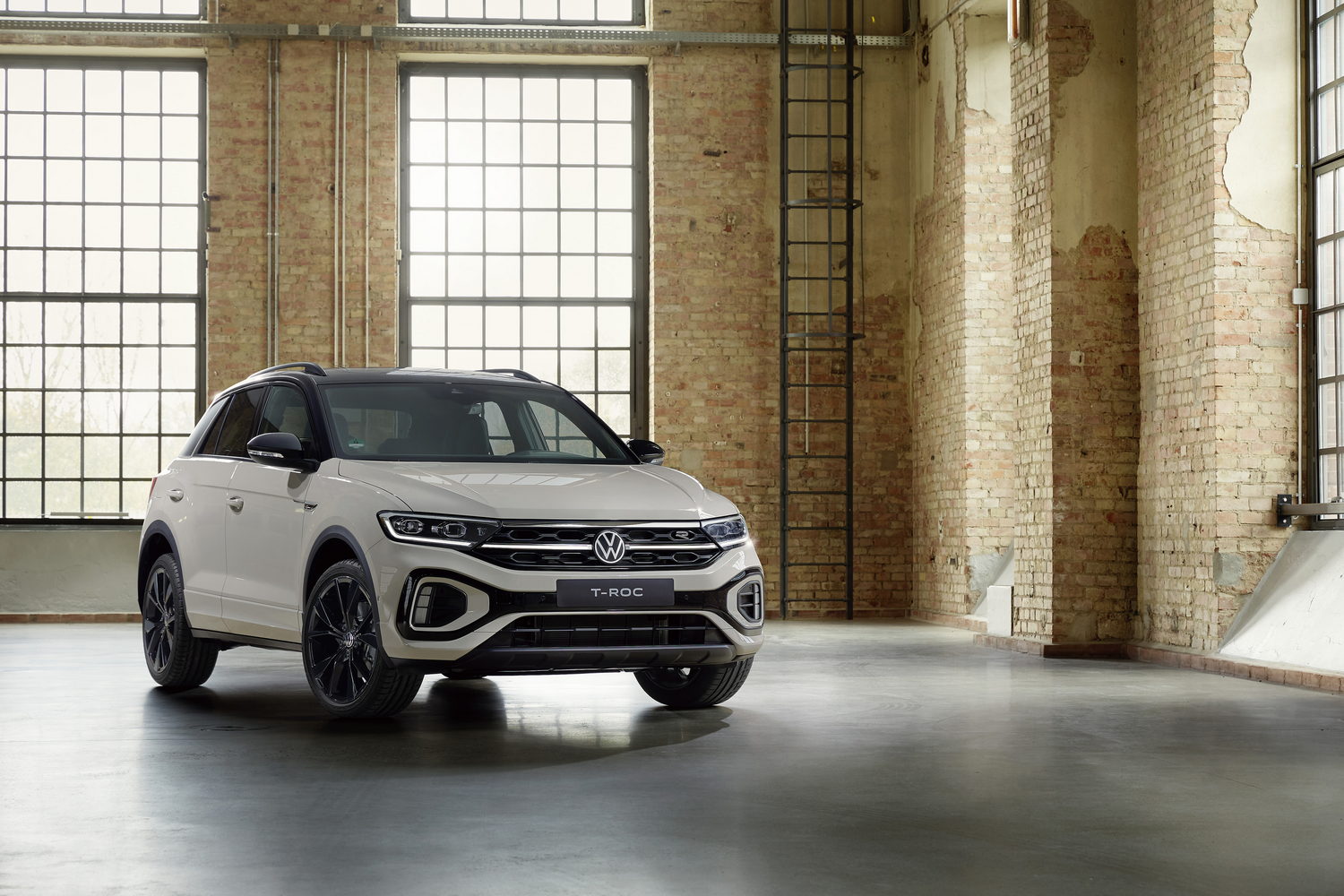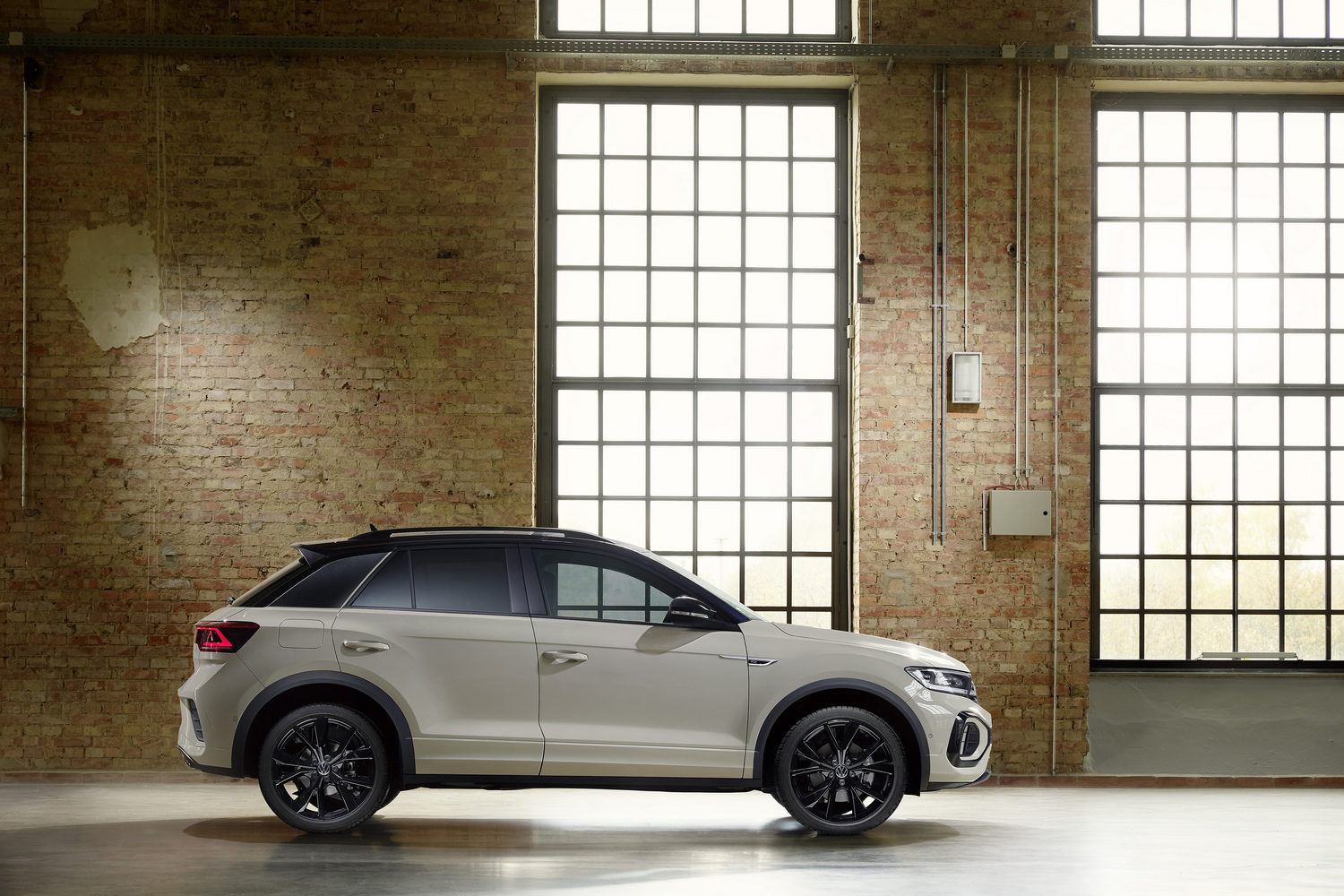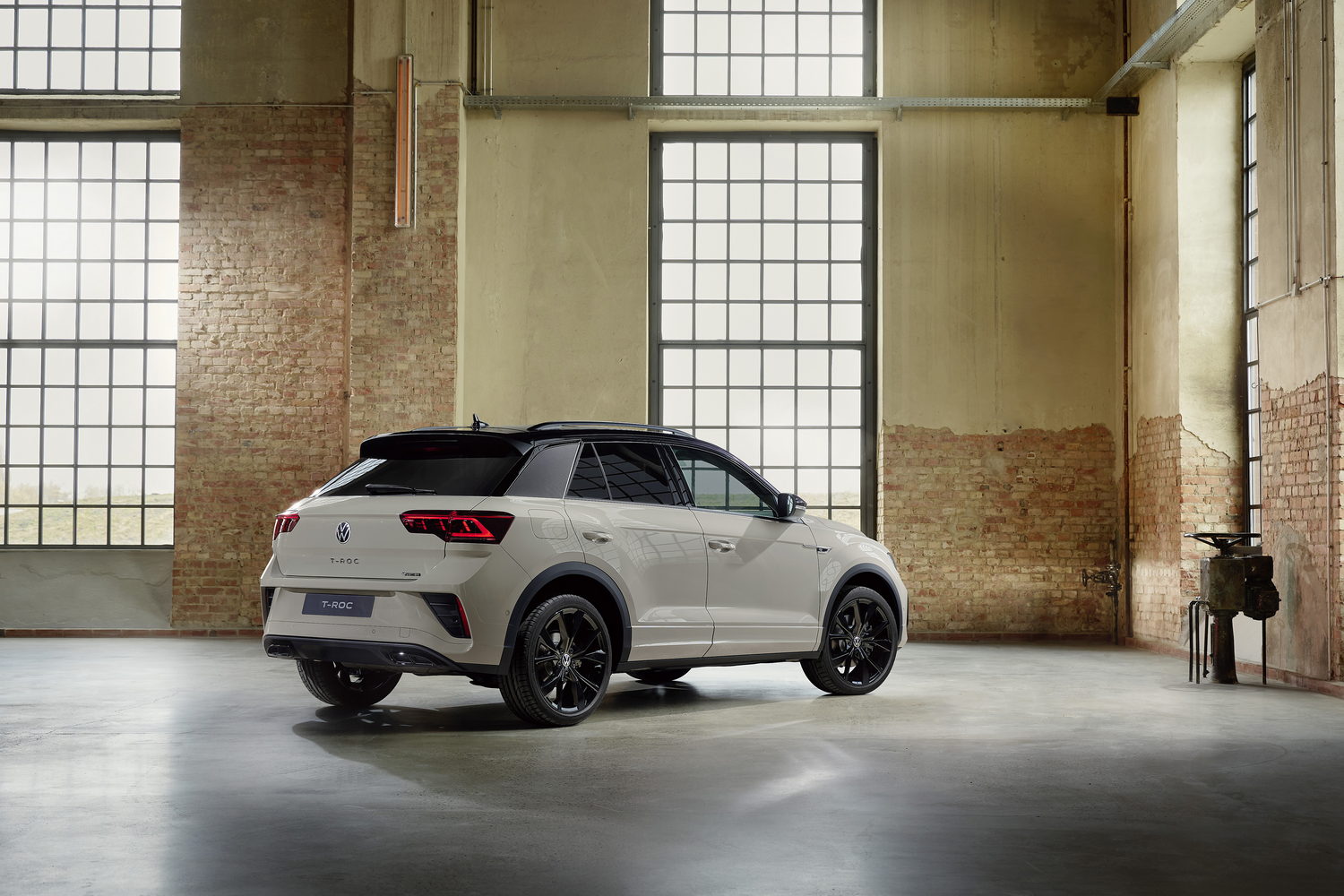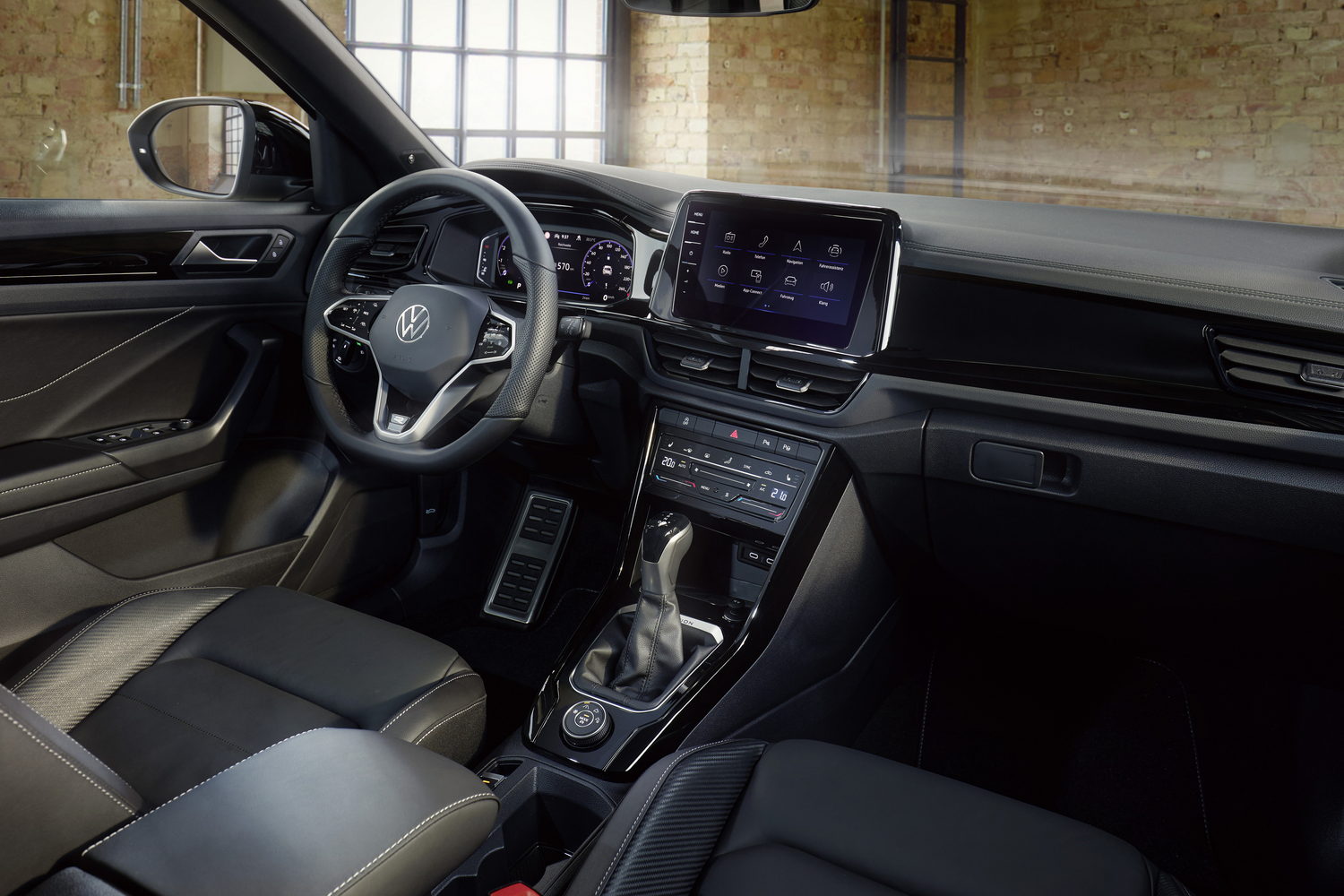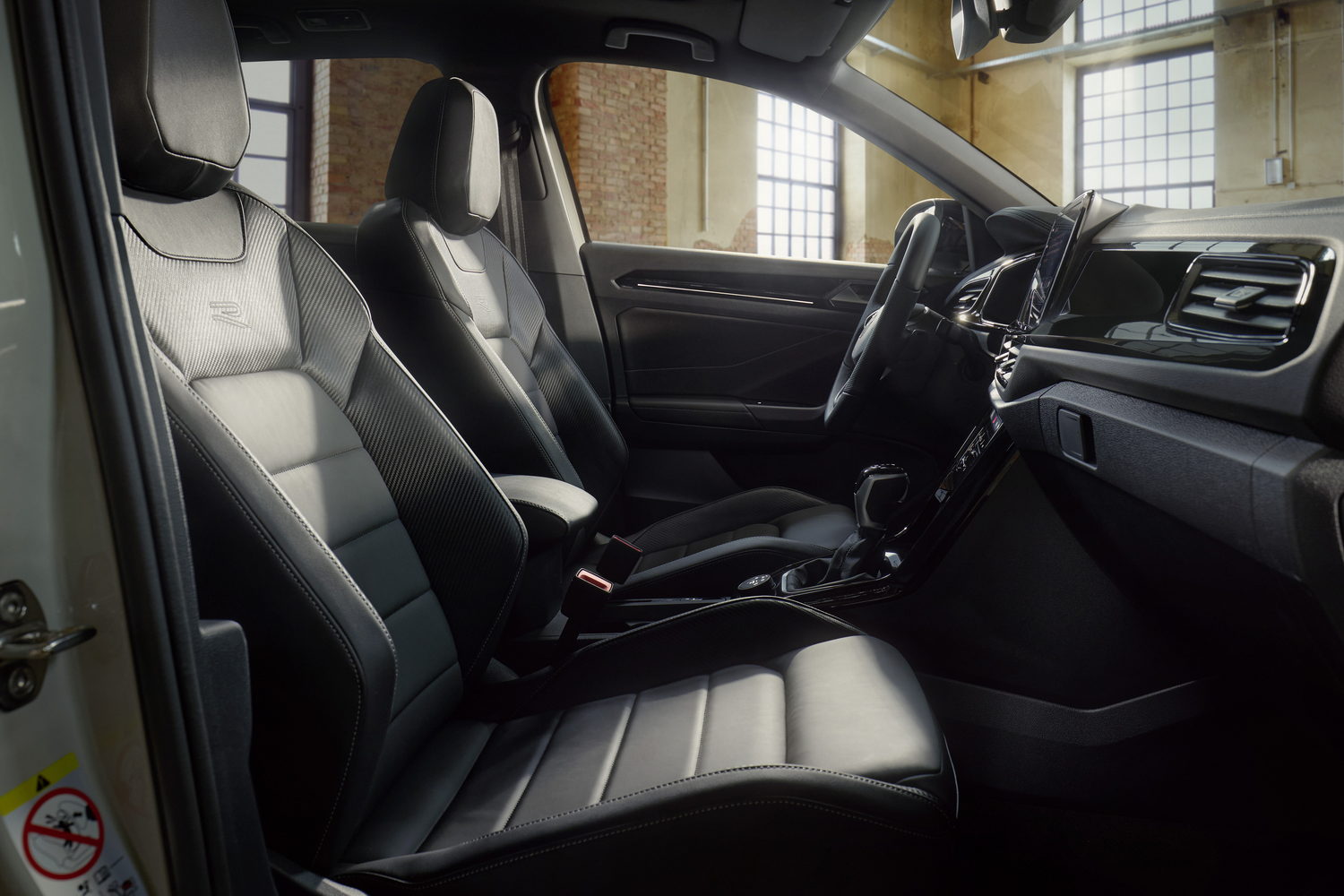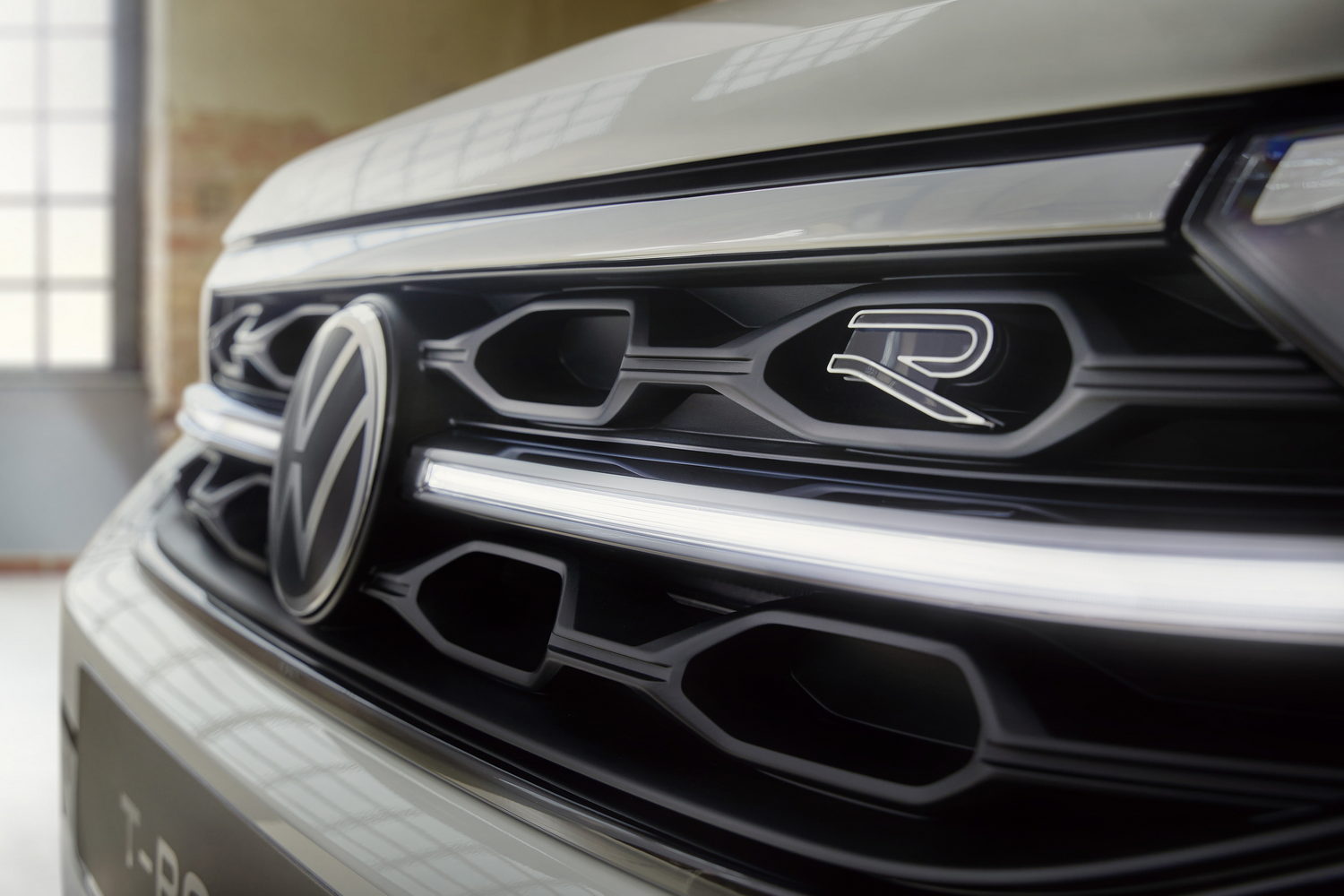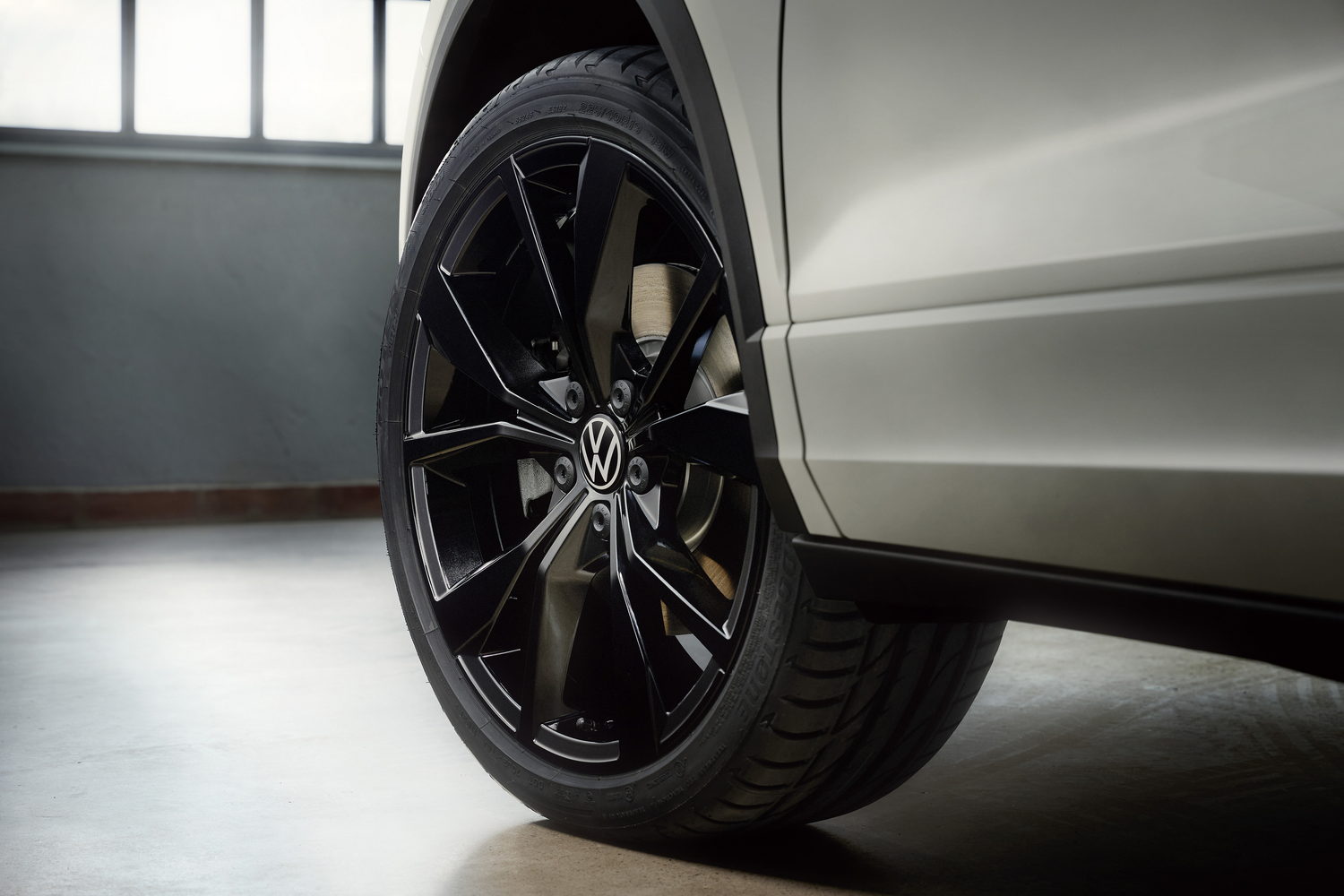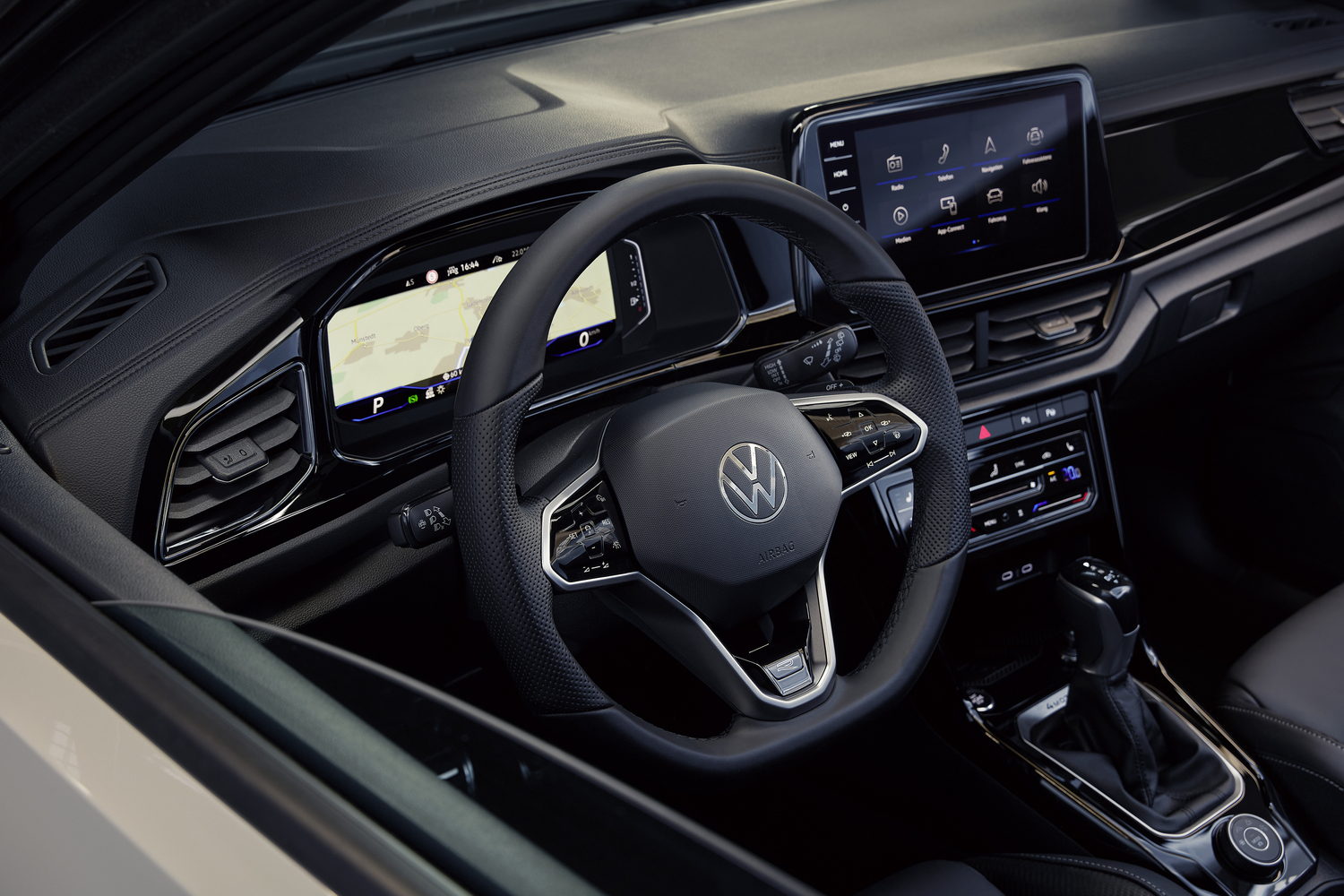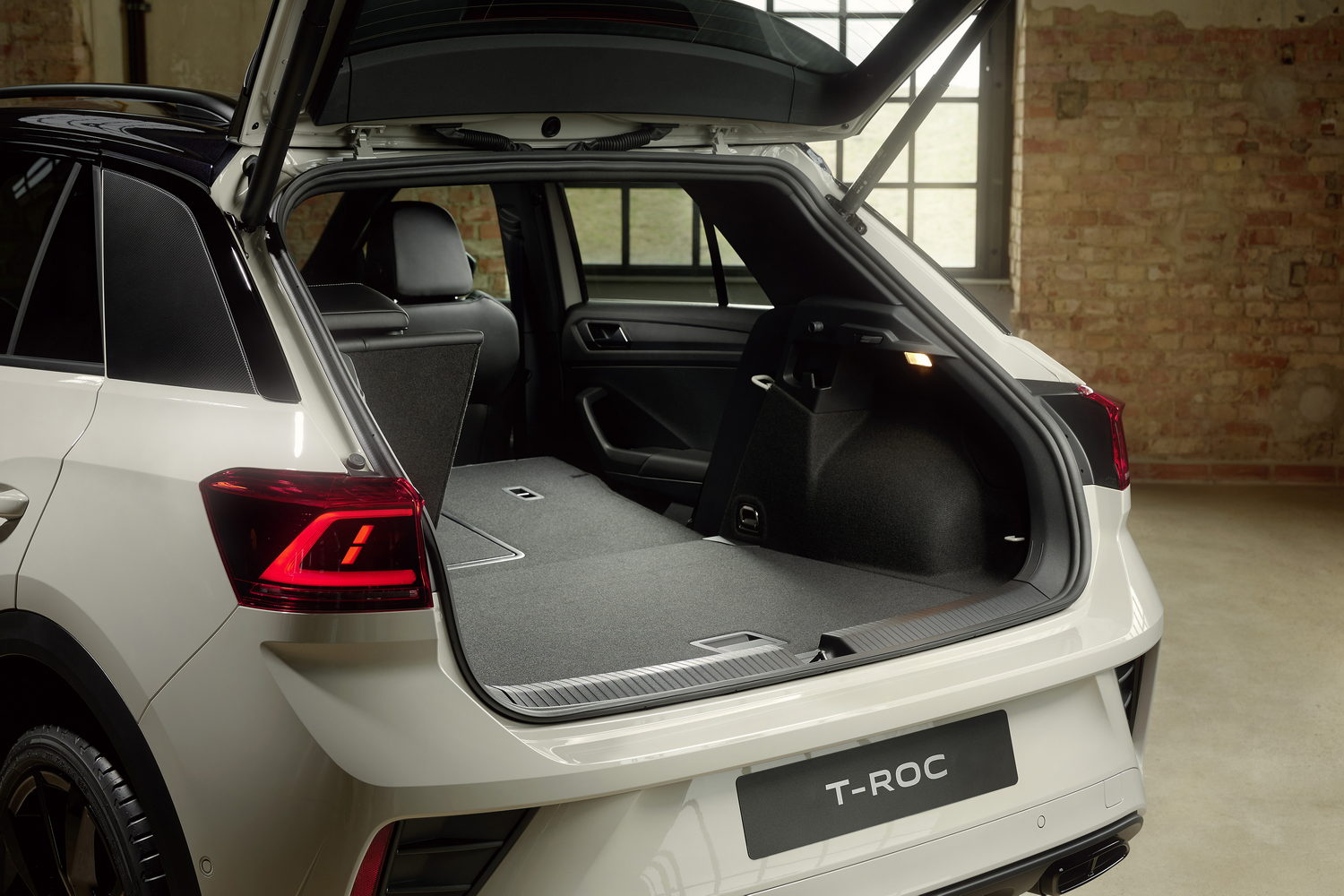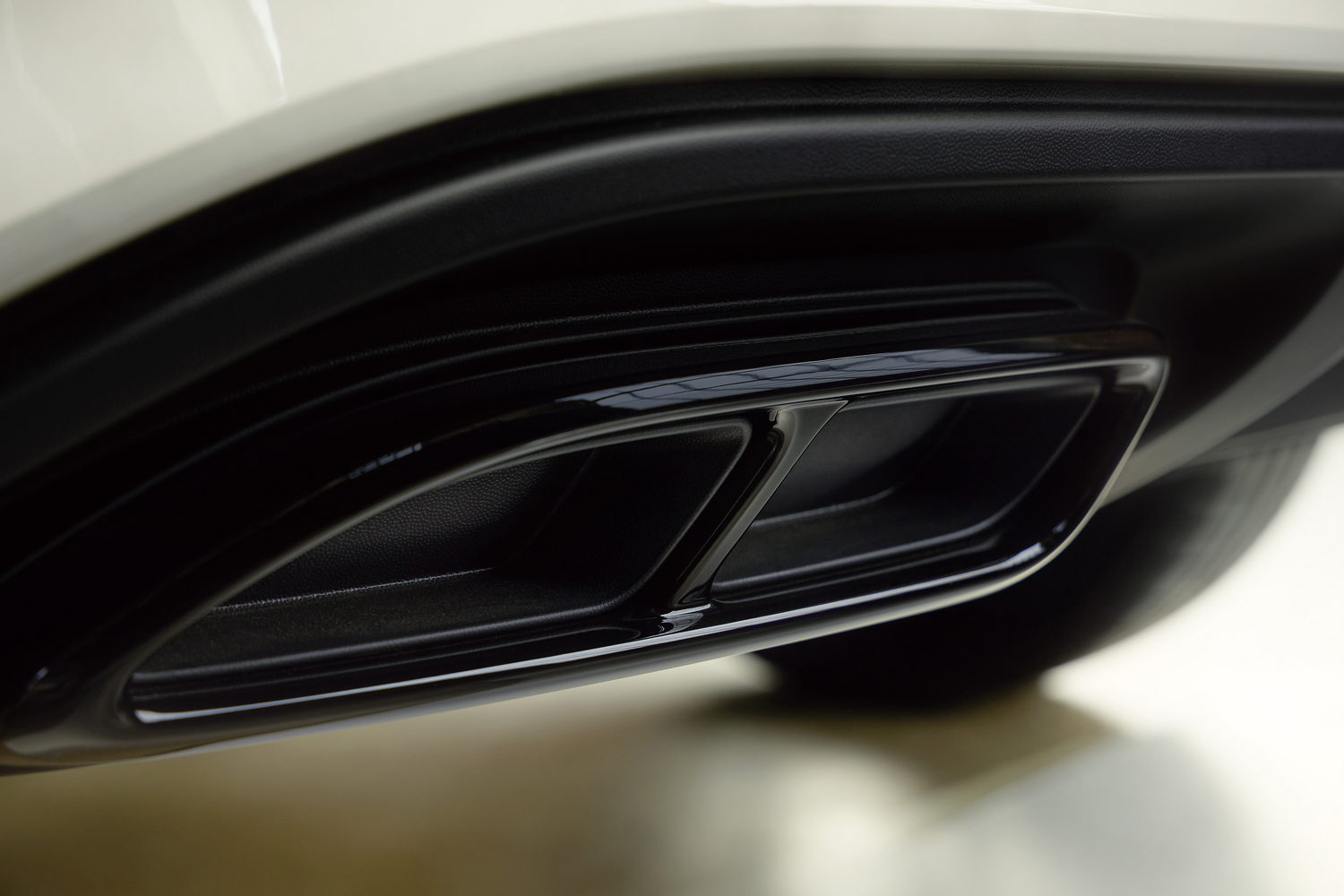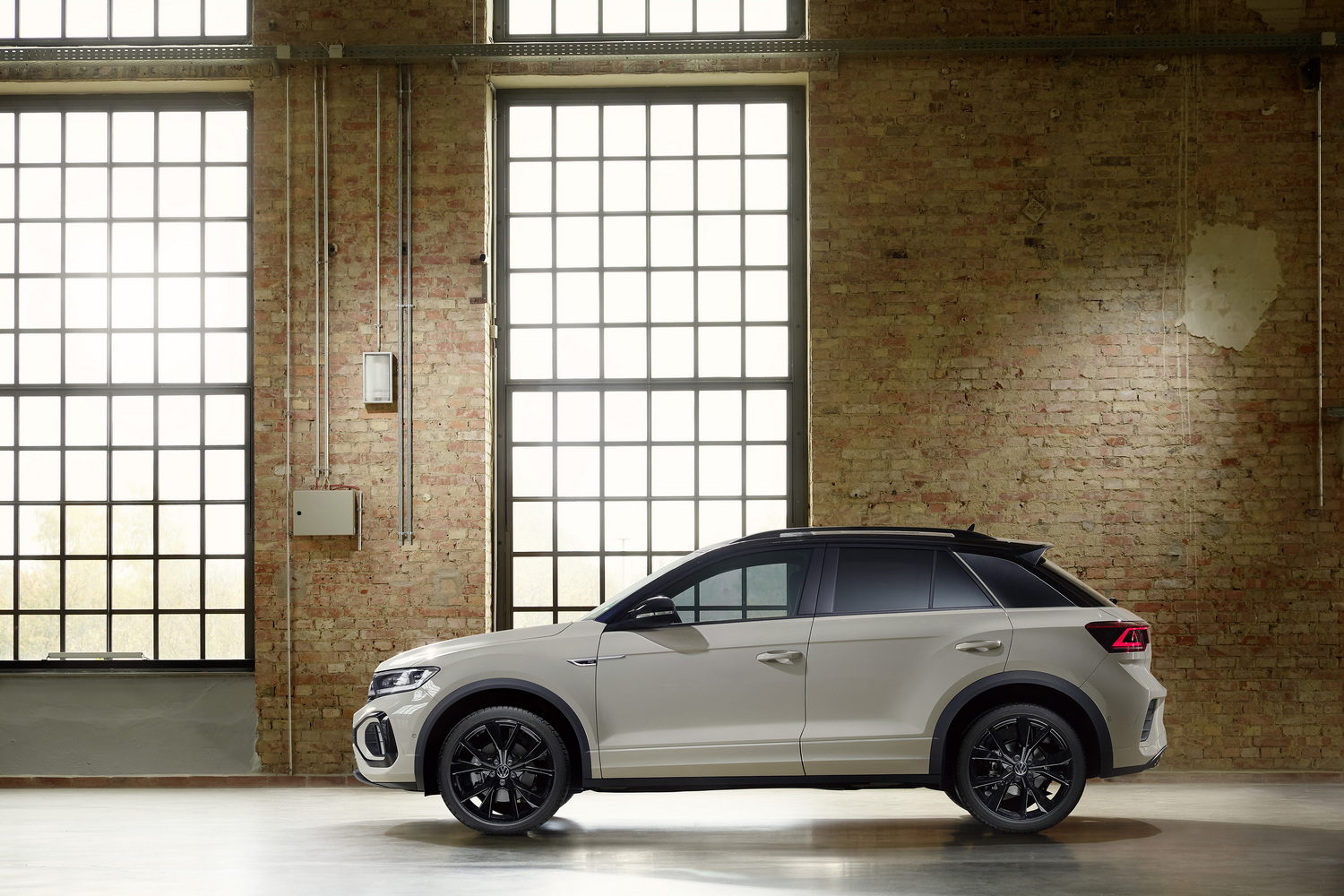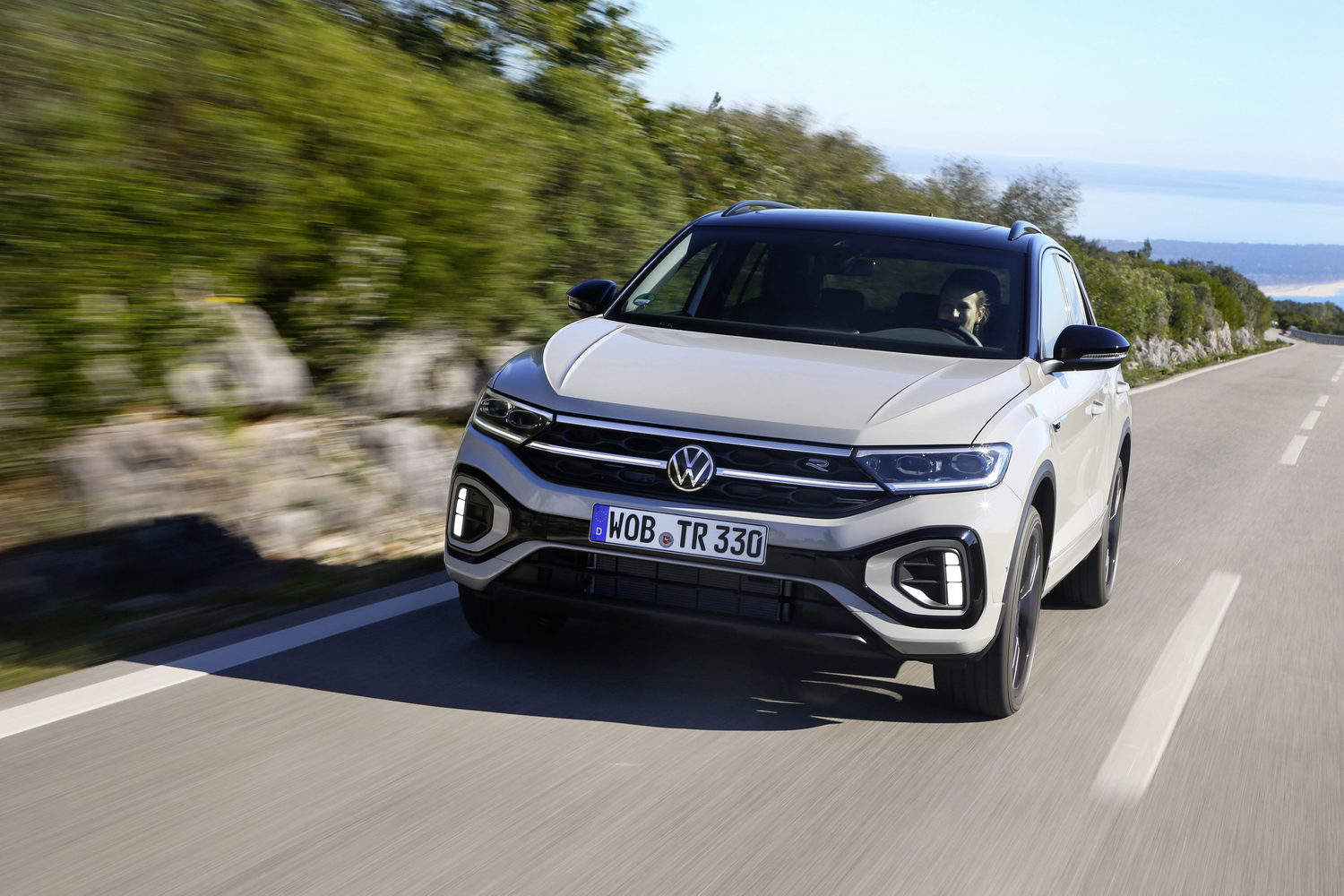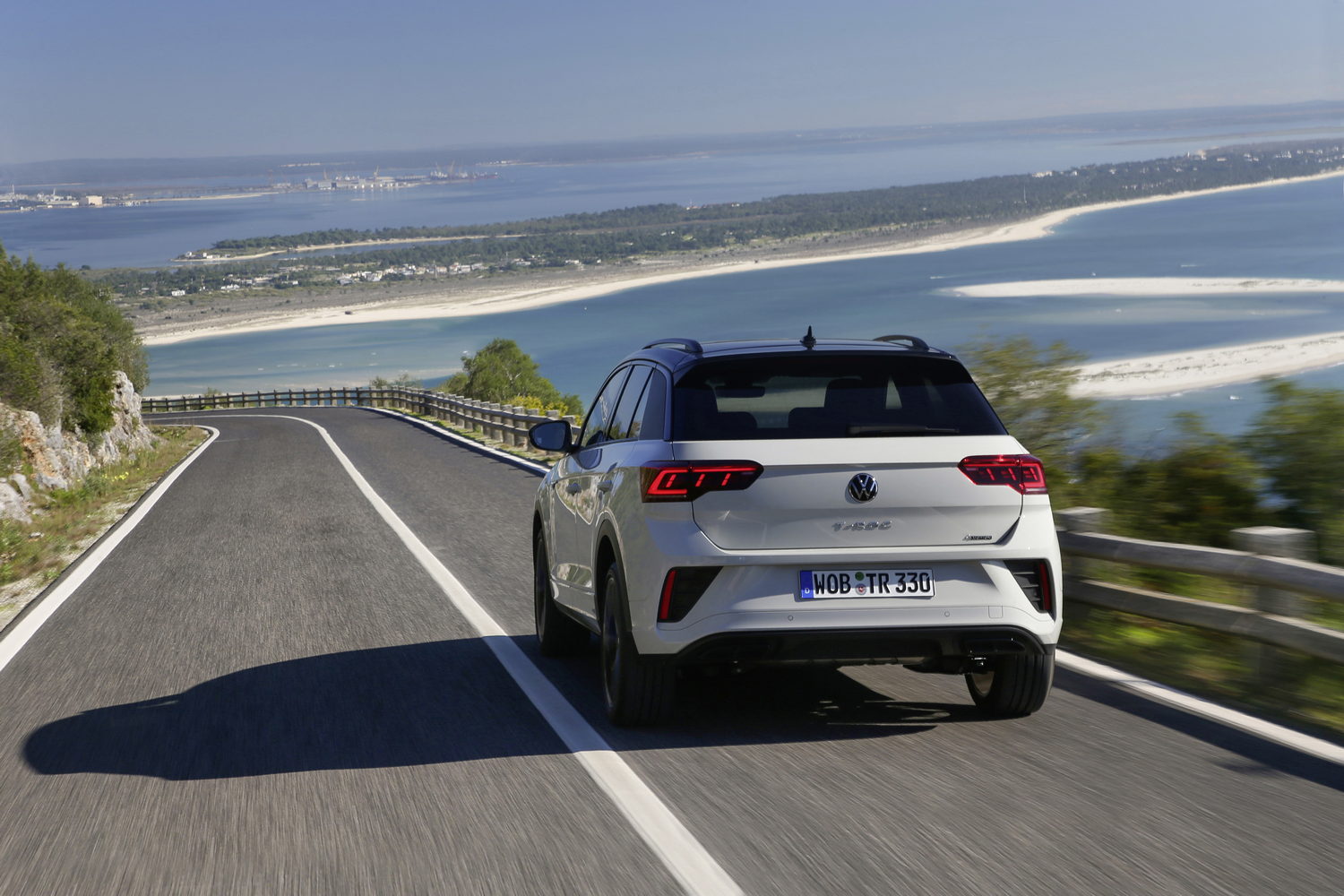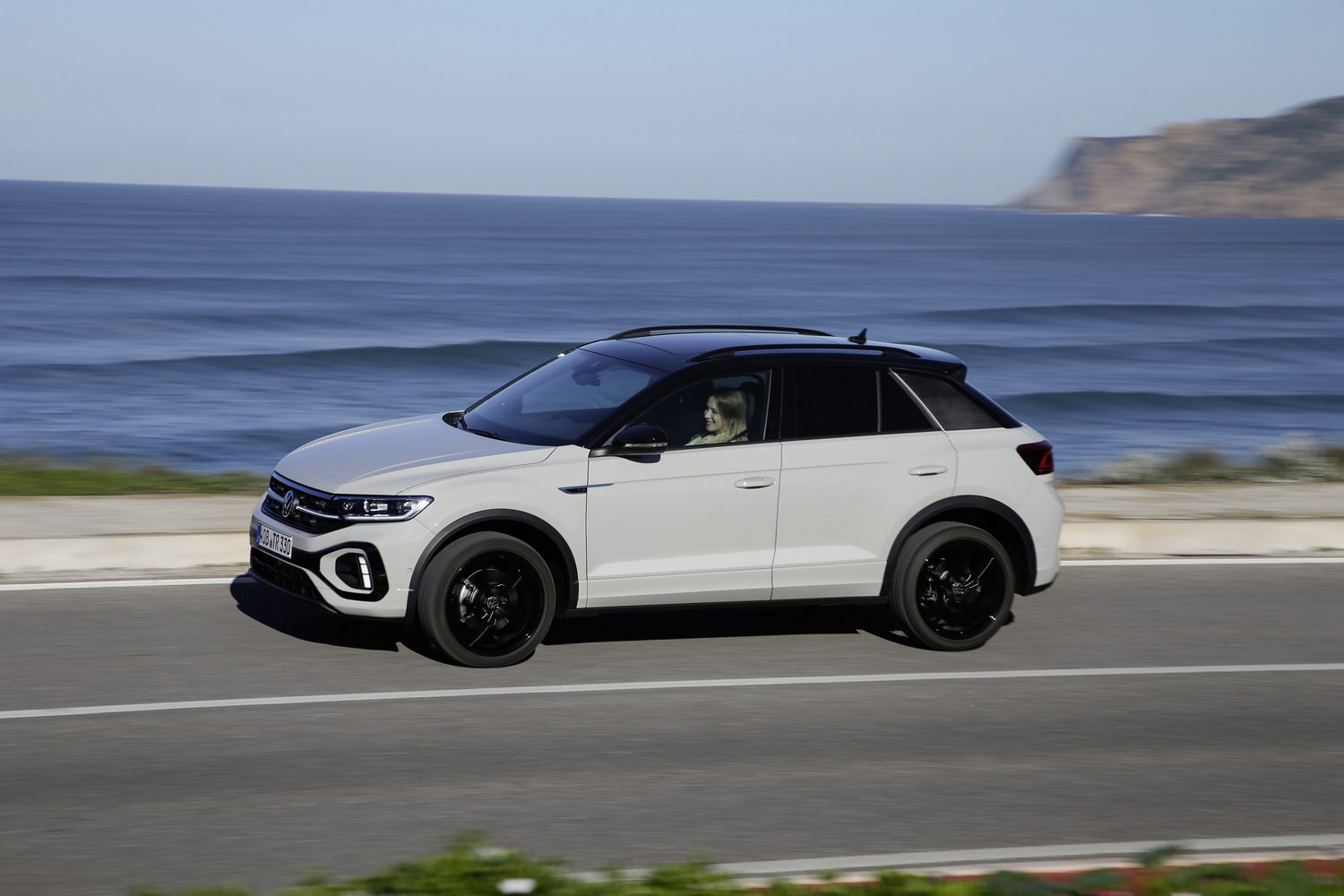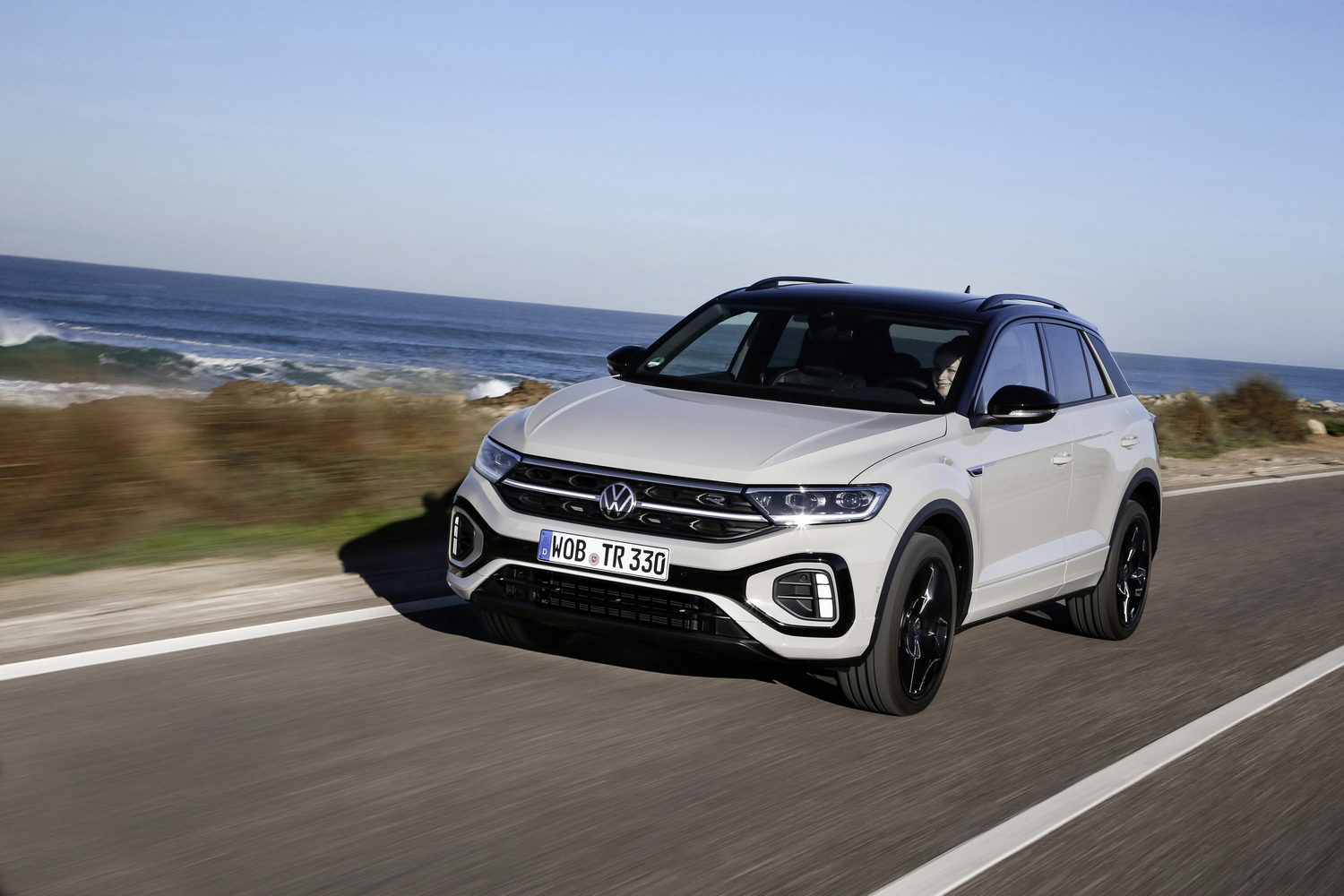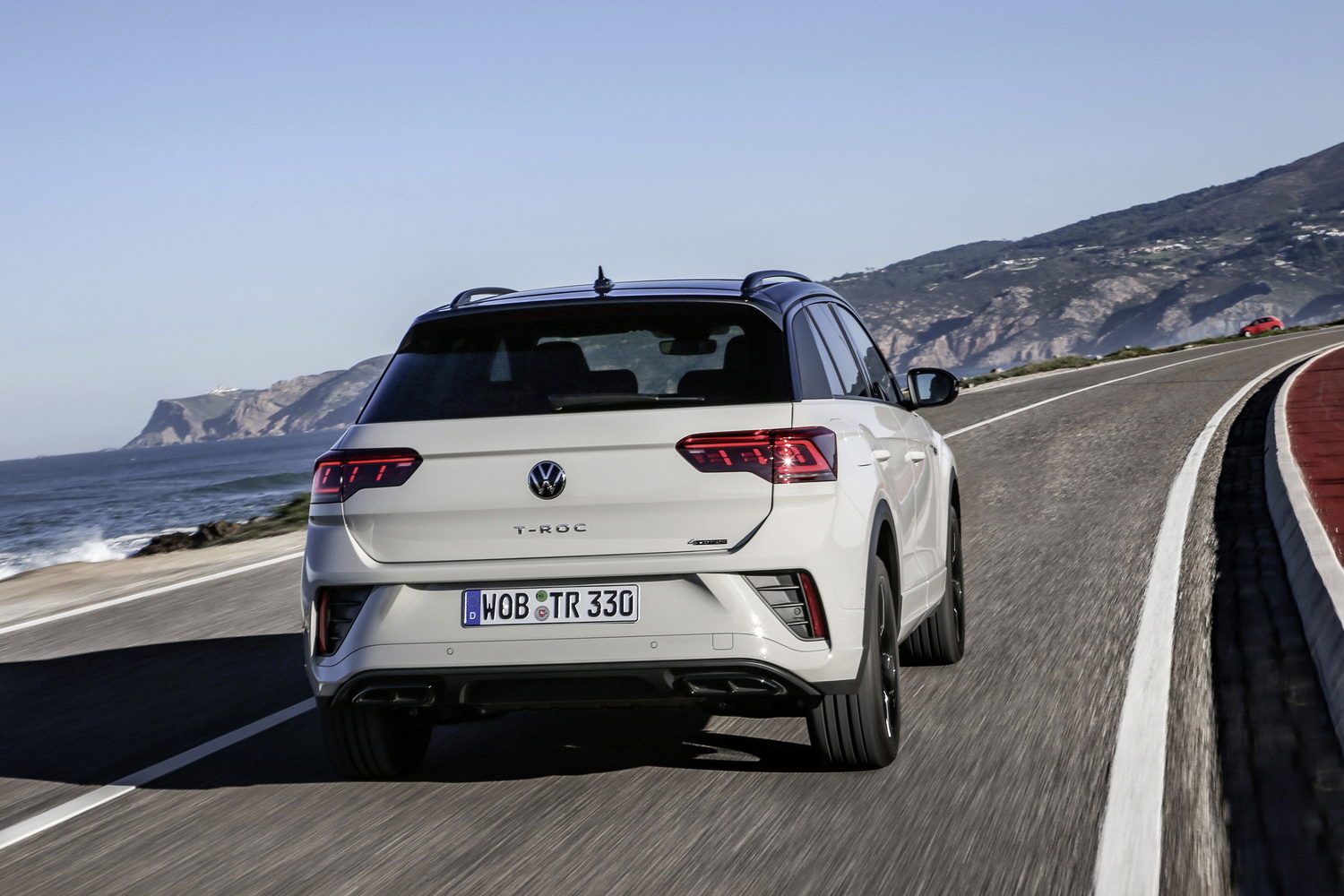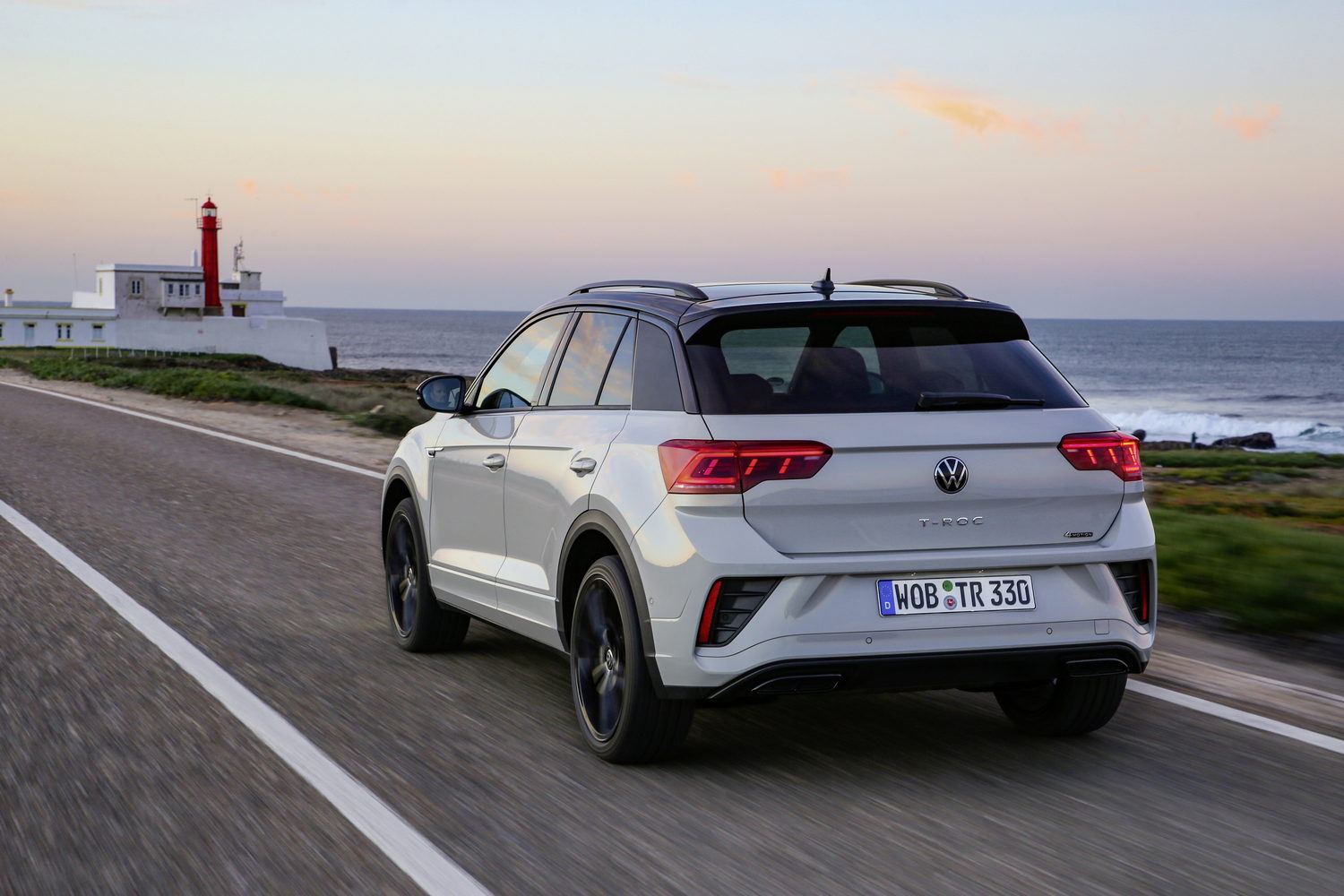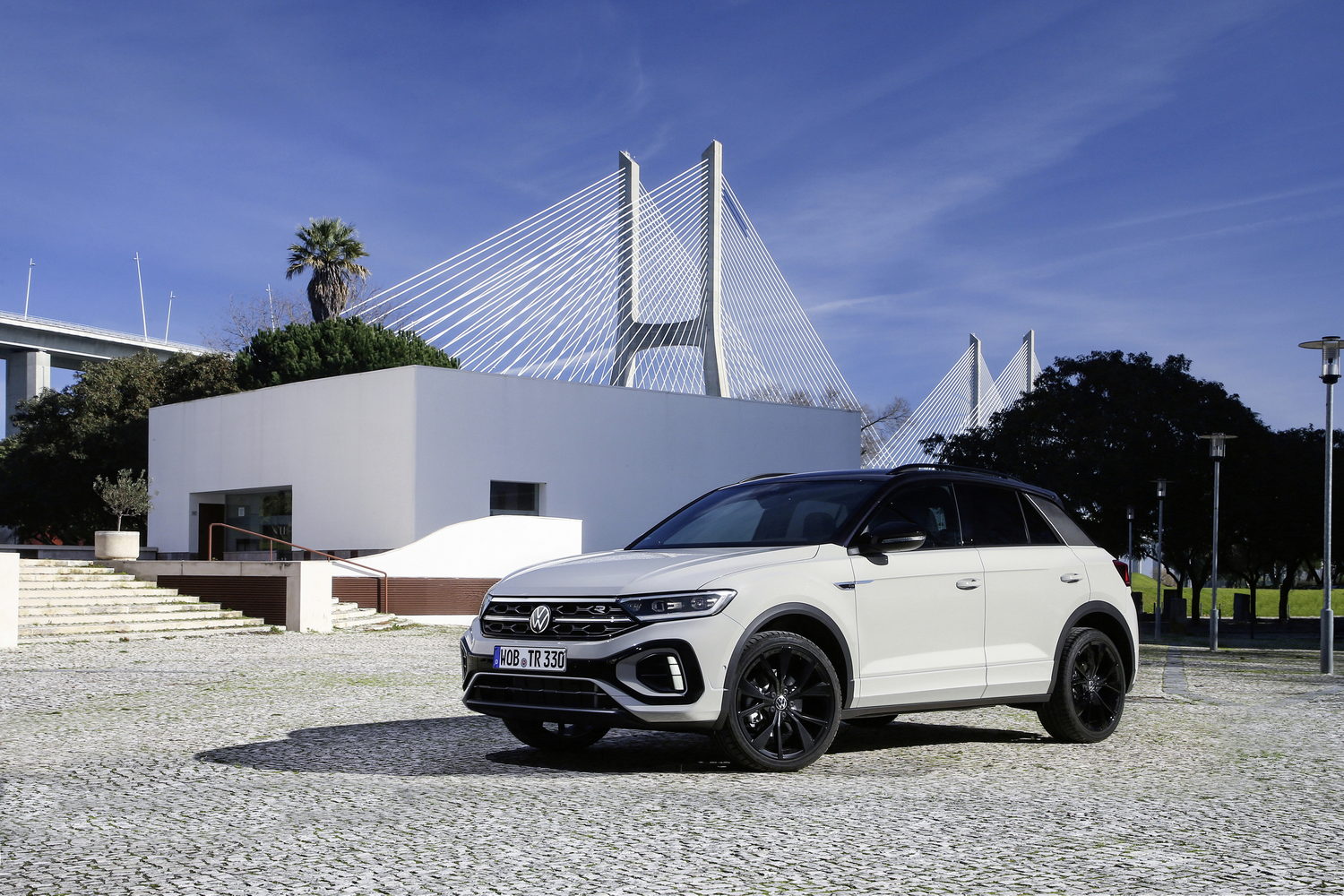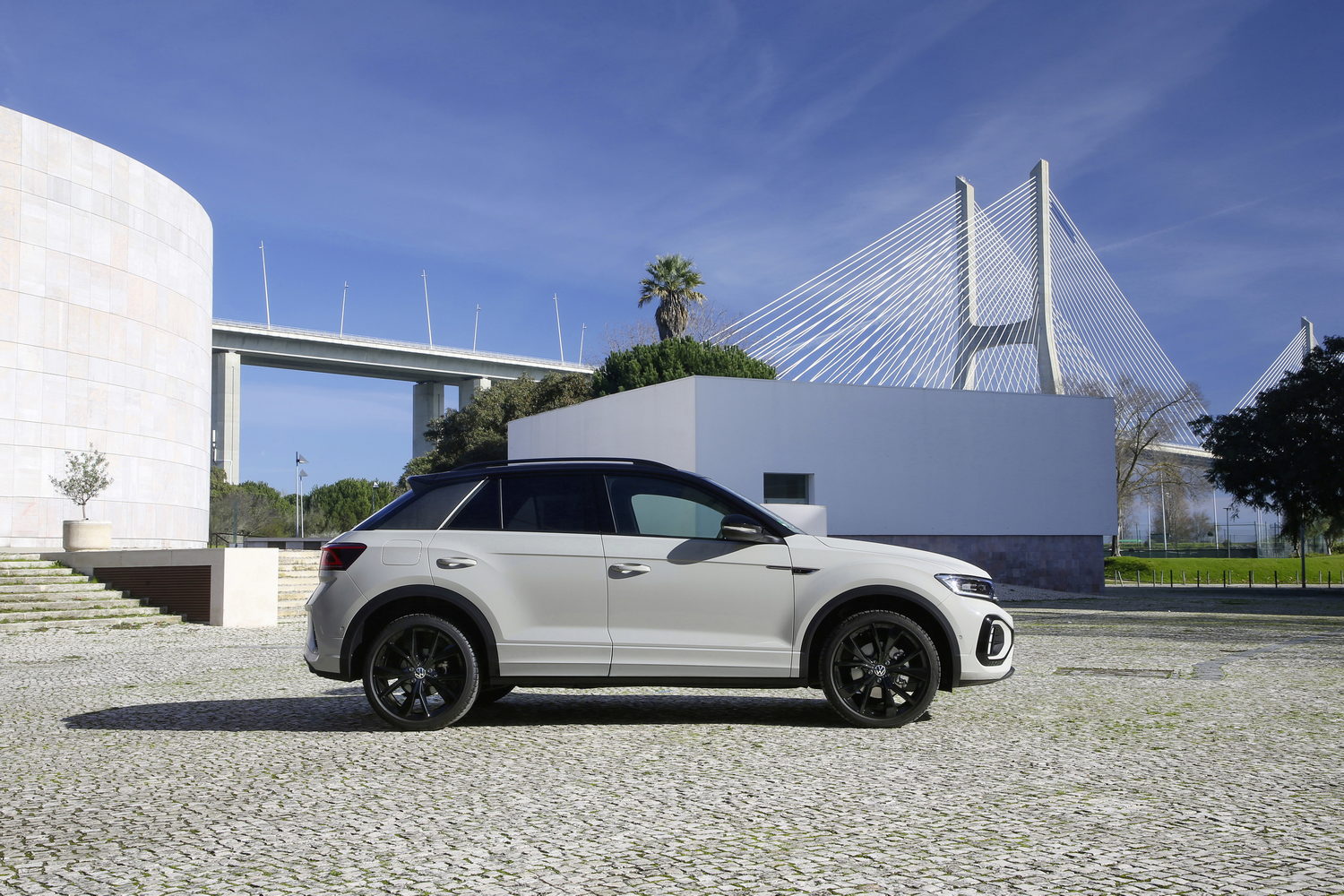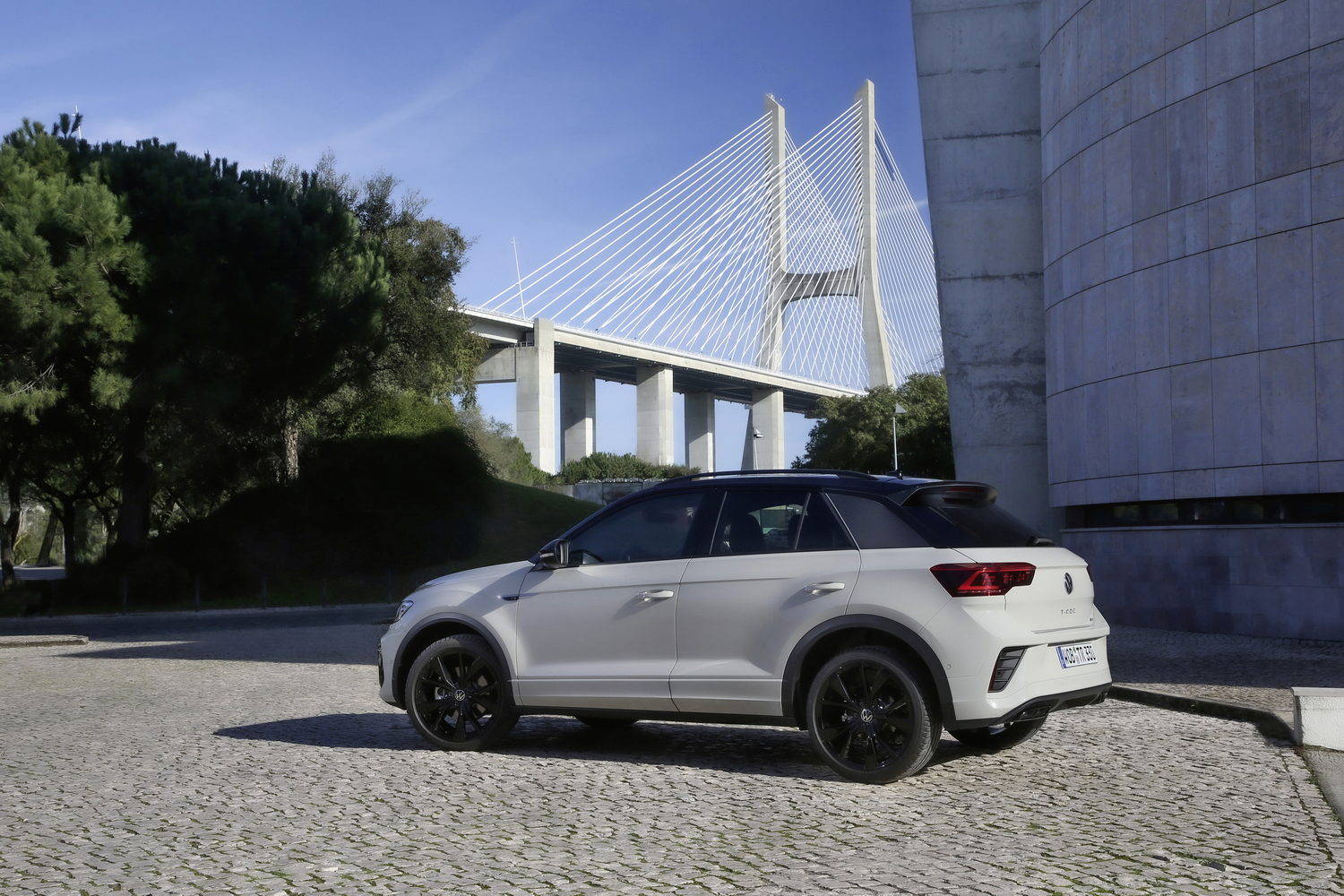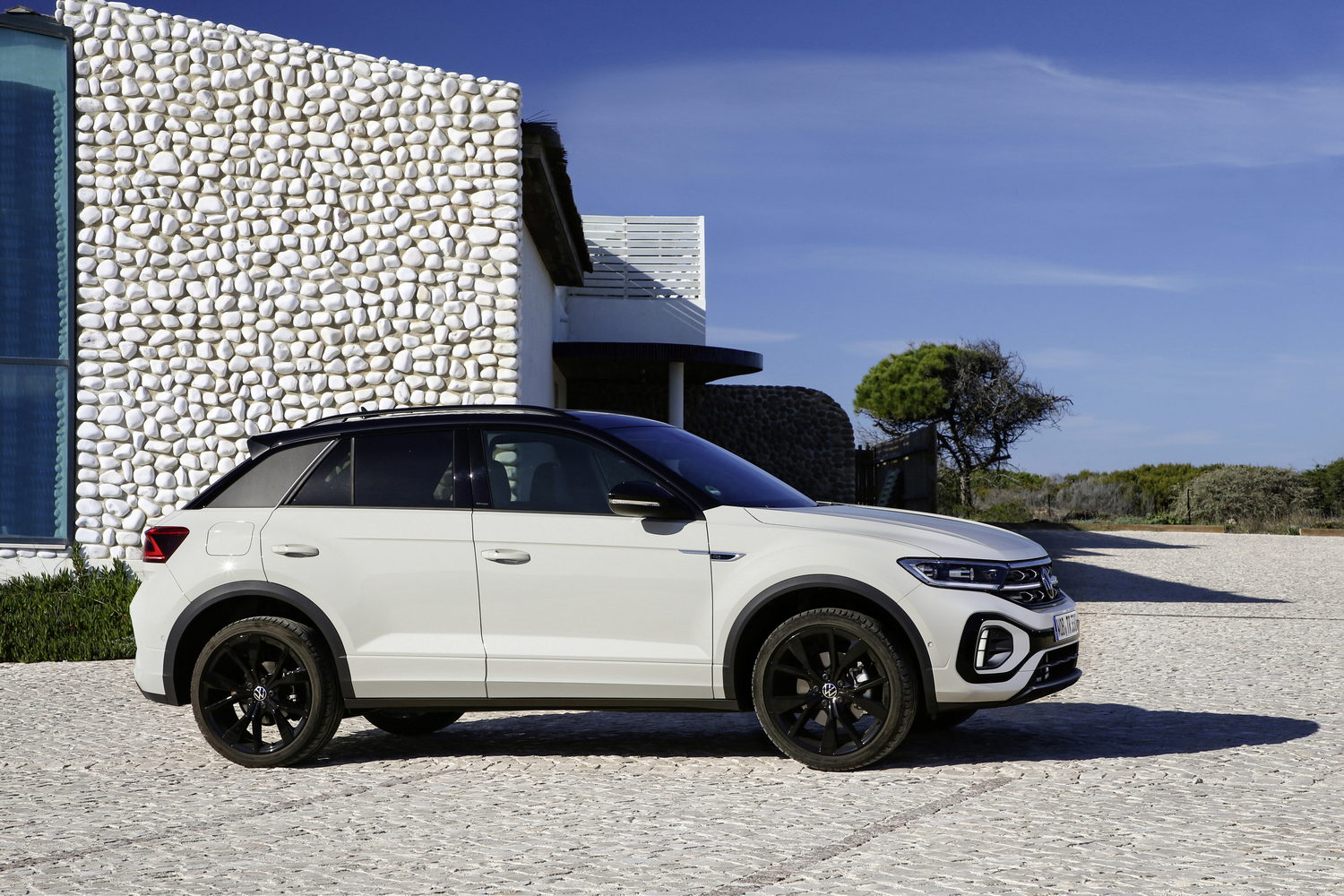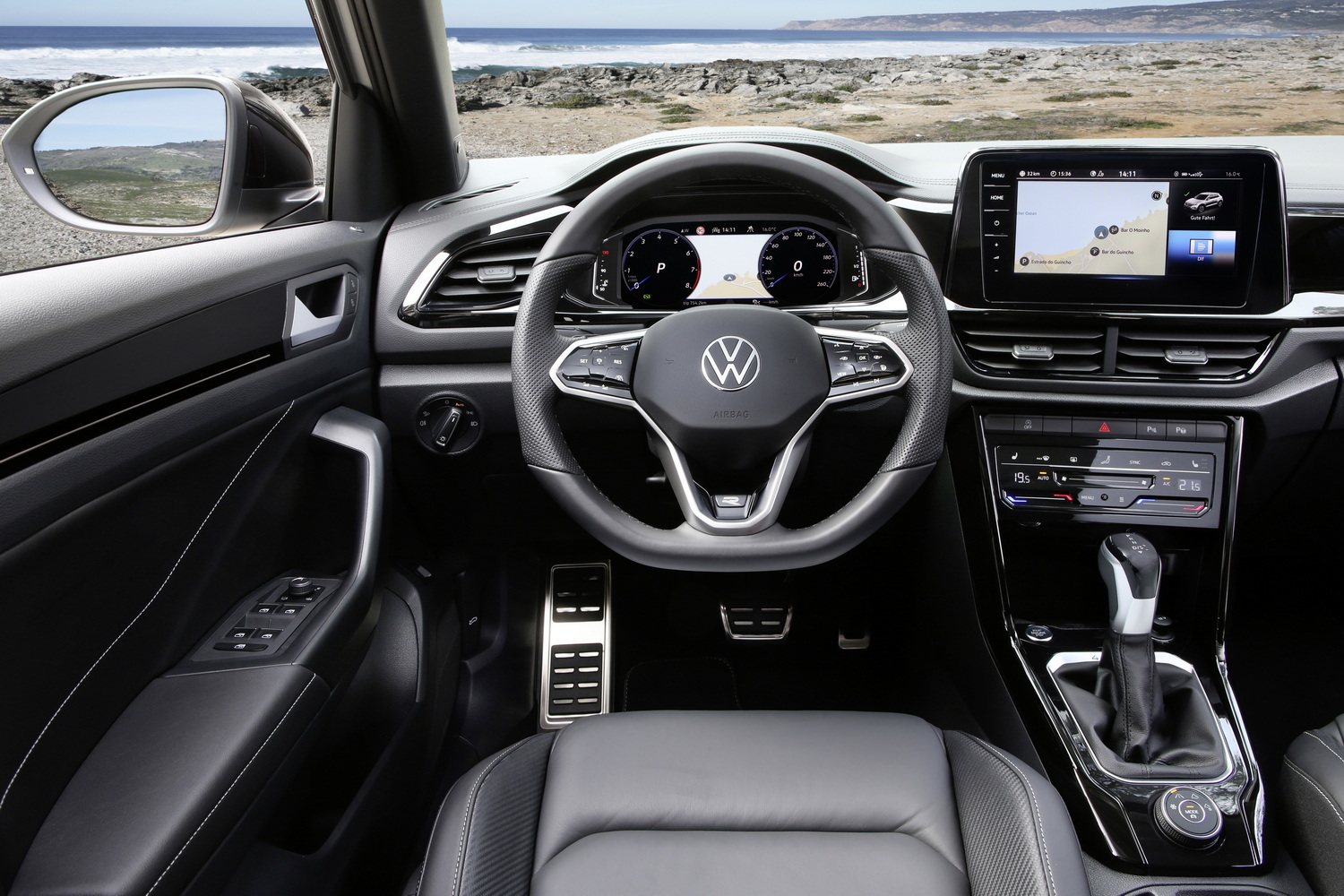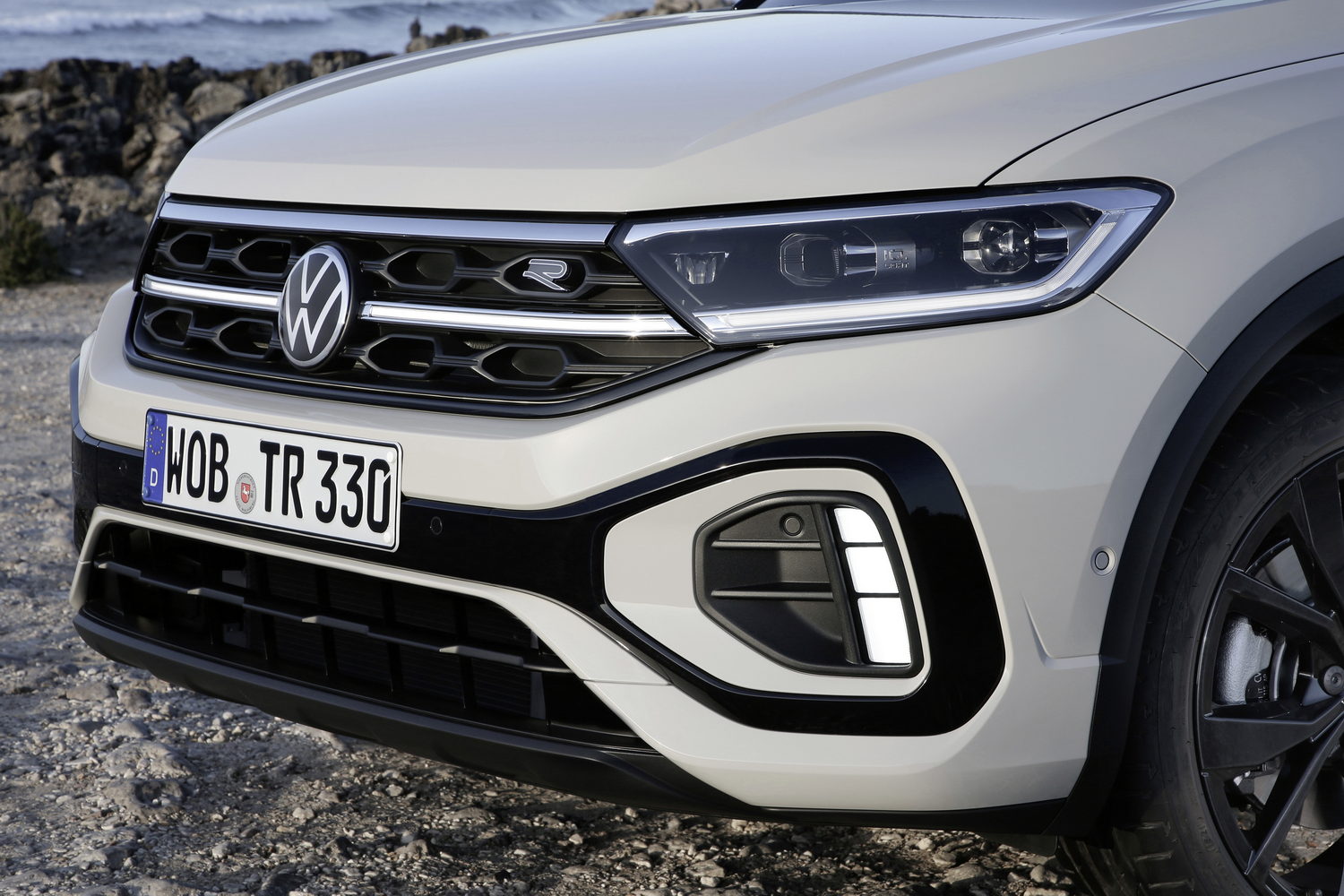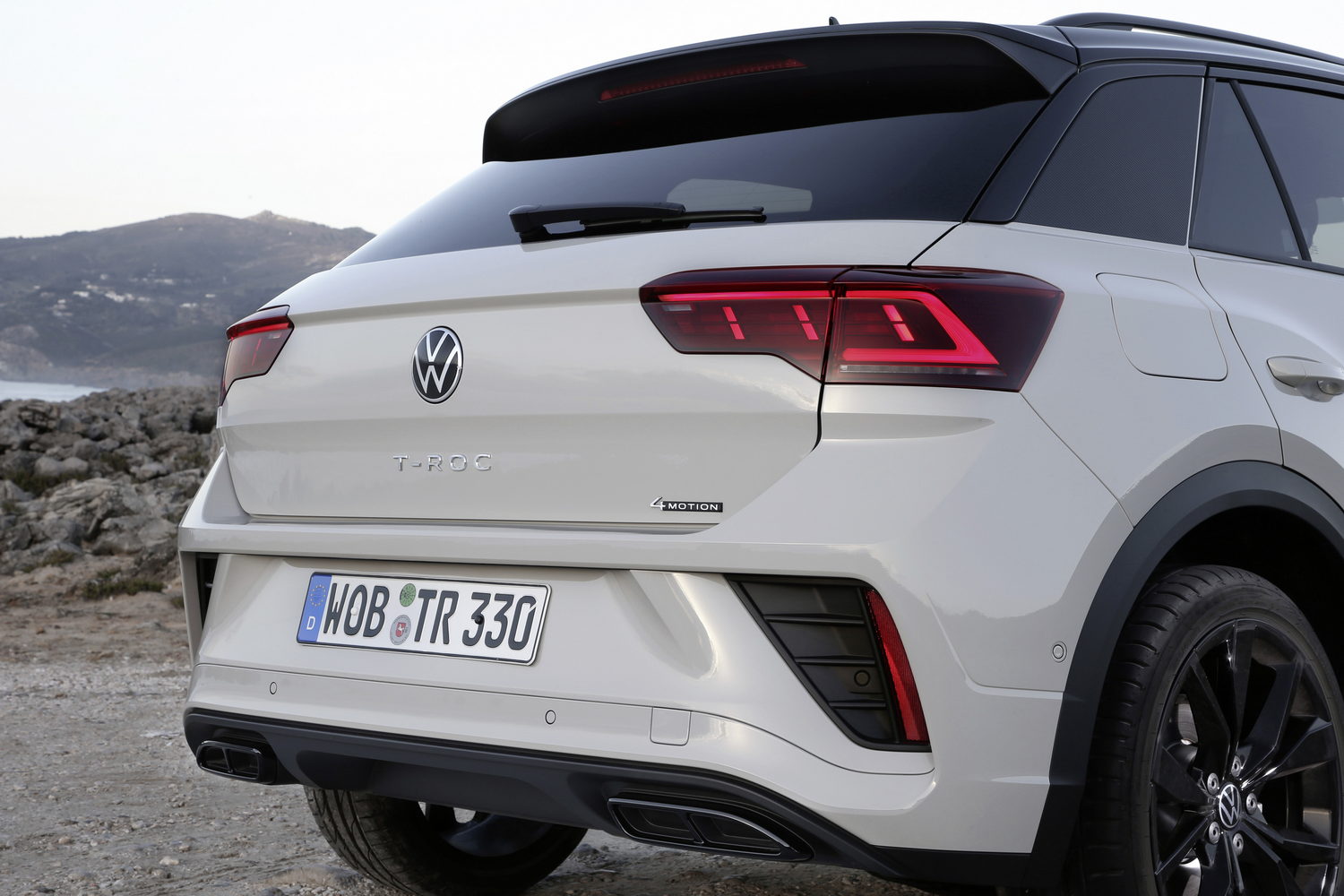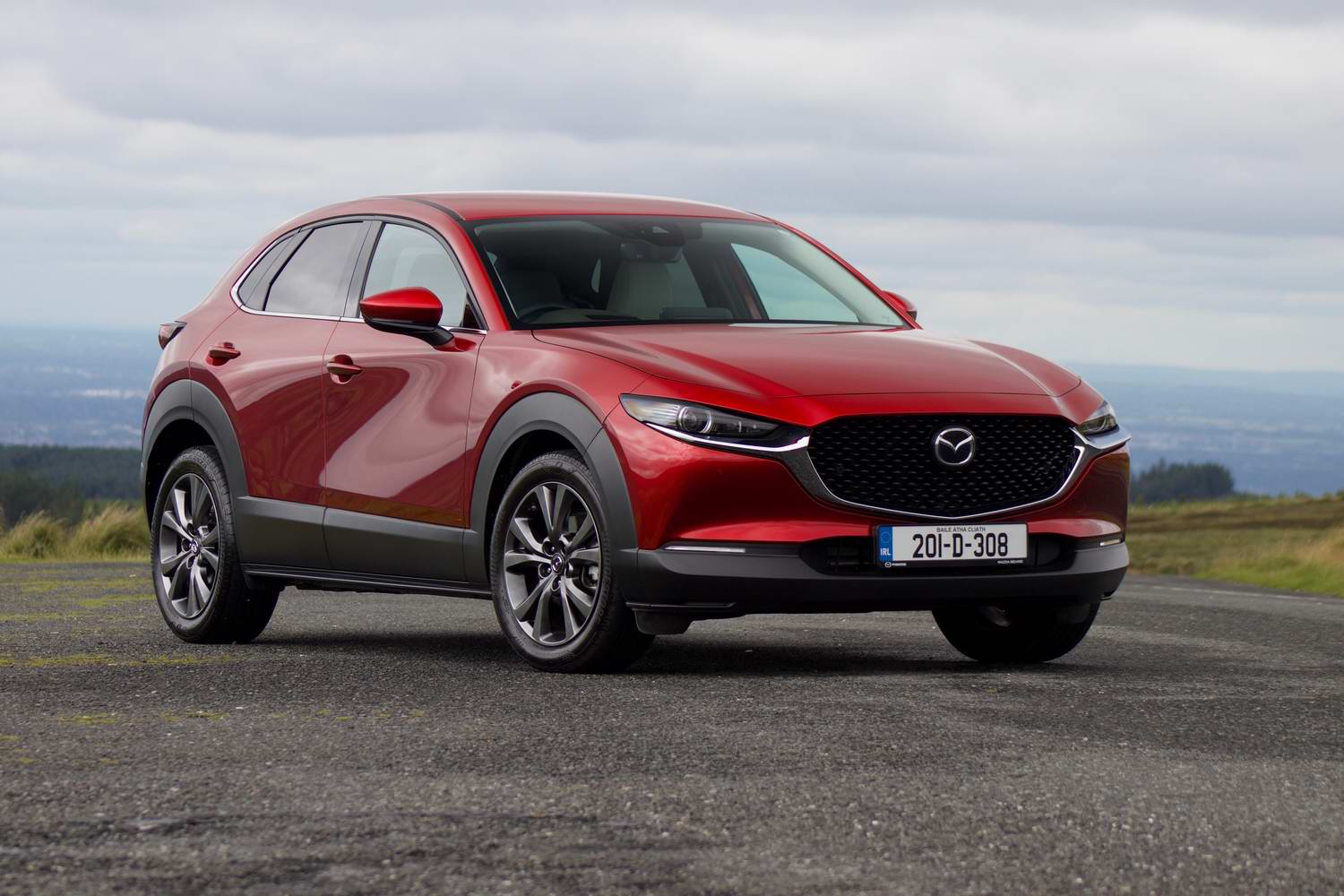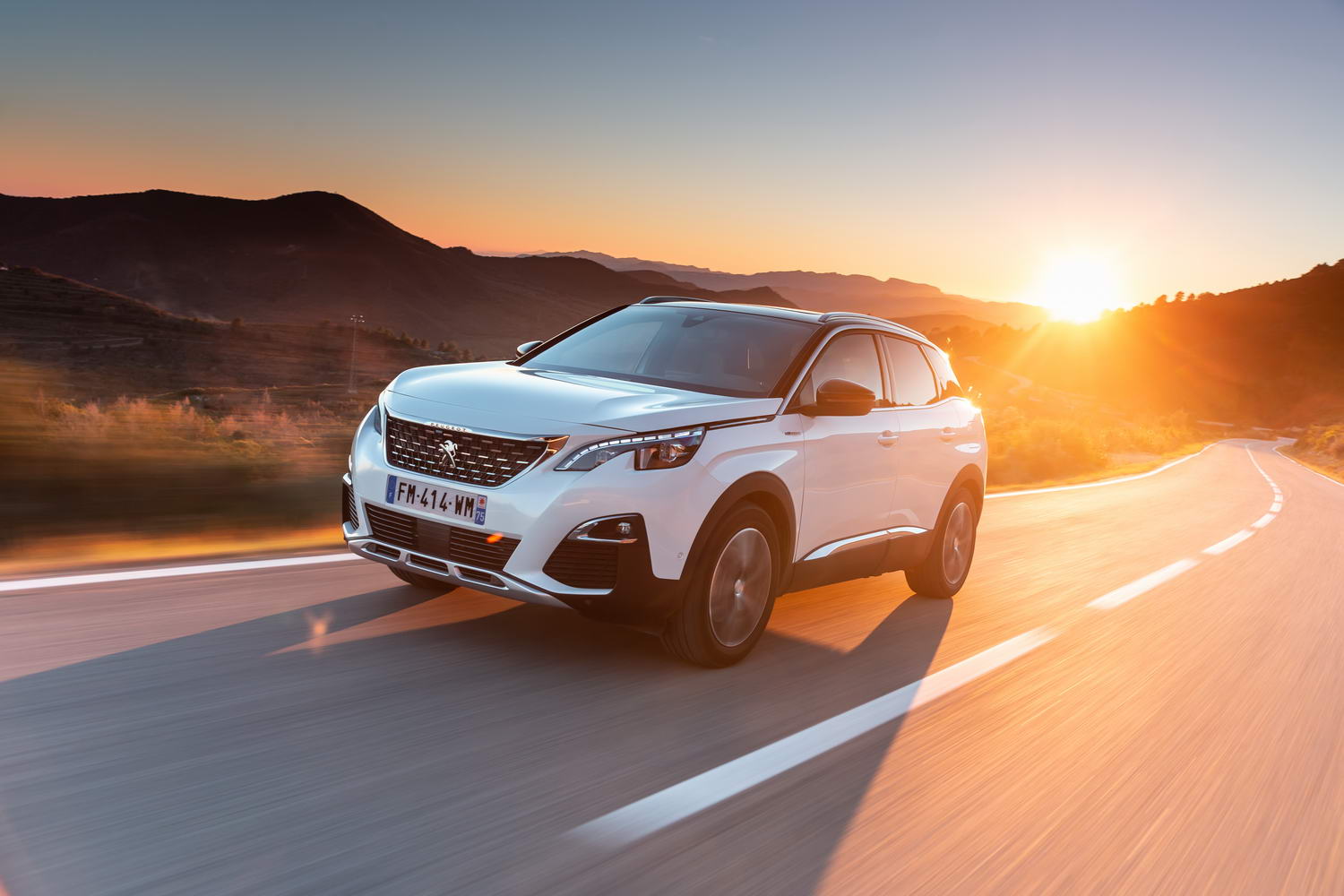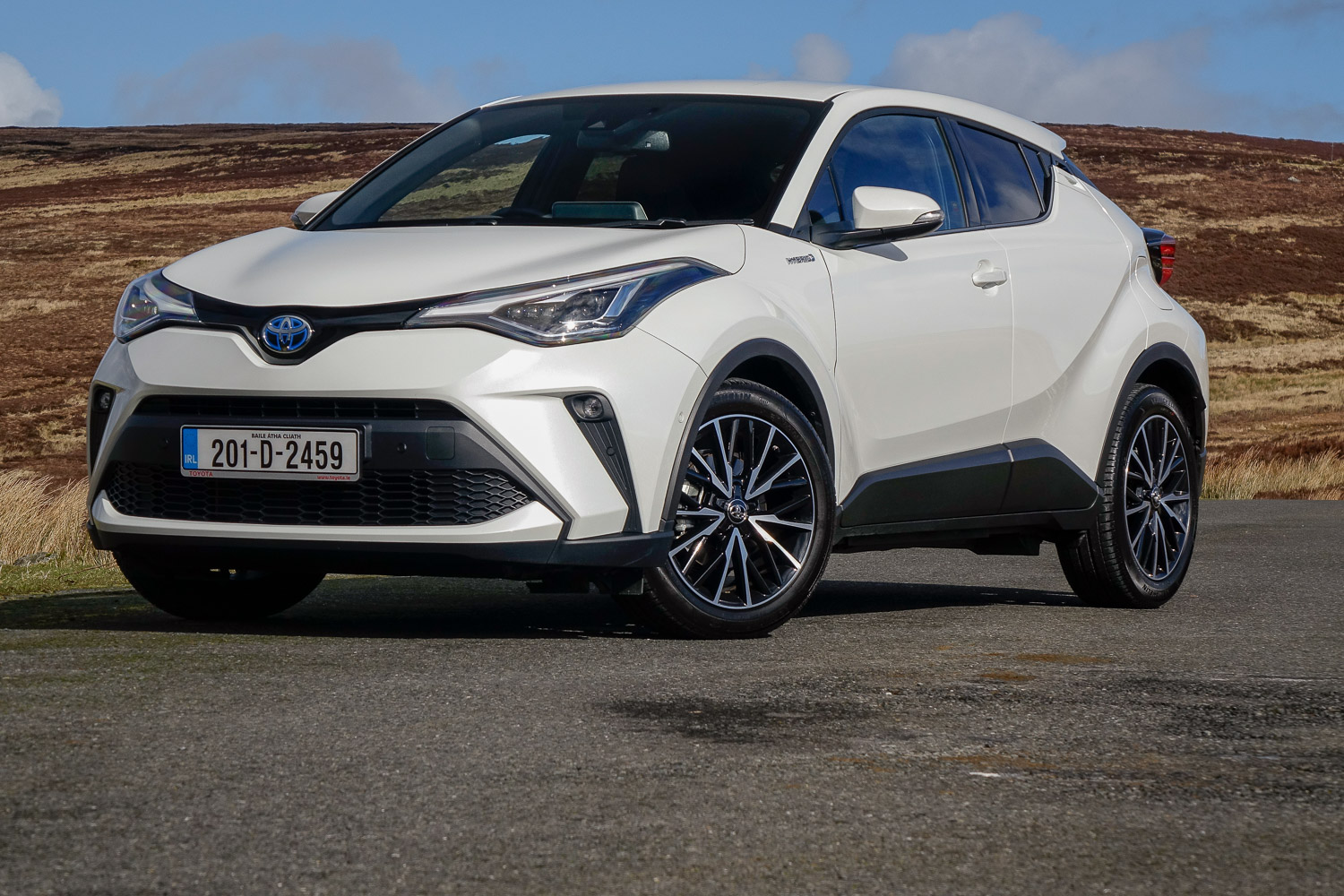The T-Roc SUV has quickly become one of Volkswagen's most important cars, but it has been getting a little long in the tooth. With an ever-increasing number of modern rivals challenging its place in the class, VW has seen fit to update its compact family SUV, giving it some light cosmetic surgery and some updated technology. But is that enough? We tried the mid-range Style model, which is expected to be the most popular version, to find out.
In the metal
To the casual observer, there isn't much to separate the new T-Roc from its predecessor. Sure, there's a new grille and a new bumper, which make it look a little more modern, but the silhouette is unchanged and the rear-end updates are decidedly subtle. Look more closely and you might spot that D-shaped daytime running lights with integrated indicators are now standard across the range, while the T-Roc now has new headlights and a light bar that runs right across the front.
The interior has had more of an upgrade, and VW boasts about softer plastics on the dashboard and some new climate control switchgear, which sees conventional controls replaced with the touch-sensitive sliders seen in the Golf. Perhaps the German company should have kept these changes quiet, though, because the touch-sensitive switches are fiddly and clumsy and they look a little bit cheap, while the cabin still features disappointing materials. Yes, the top of the dash may be a little softer, but the plastics around the centre console and in the doors remain less tactile than you might hope - particularly given VW's sub-premium positioning. Don't get us wrong, the build quality on show is exemplary and everything fits together beautifully, but the materials leave something to be desired.
That said, the T-Roc does have some more positive updates, including improved standard equipment that sees a digital instrument cluster fitted to every model. There's a 6.5-inch touchscreen in the centre of the dashboard, too, but more upmarket models get 8.0- or 9.2-inch screens. Whichever size screen you get, the T-Roc comes with the Apple CarPlay and Android Auto tech as standard, allowing you to connect your phone and access some of its apps through the car's infotainment system.
VW has also fitted plenty of safety equipment, with lane departure warning and autonomous emergency braking included as standard. All cars also get adaptive cruise control that can maintain a safe distance to the car in front, while the optional IQ.Drive Travel Assist system can use that and lane-keeping assistance to control the steering, brakes and throttle in a single lane of the motorway. It sounds clever, but the system does require driver supervision at all times, and you have to be ready to take over when changing lanes or taking evasive action. It's a far cry from full autonomy, but it's a handy safety net on long drives.
As before, the car has a 445-litre boot that's 17 per cent larger than that of the Golf and marginally bigger than that of the Mazda CX-30, but a Nissan Qashqai or a Peugeot 3008 will be a little more spacious. Rear space in the T-Roc is sufficient without being especially generous, with enough room to accommodate two fully grown adults in relative comfort. Neither leg- nor headroom is especially plentiful compared with some family SUVs, but there's enough.
Driving it
The engine range hasn't changed much in the new T-Roc, with a selection of petrol and diesel engines to choose from. The cheapest option is the 1.0-litre, 110hp engine we tested, which comes with a six-speed manual gearbox and drives the front wheels. There's also a more powerful 1.5-litre, 150hp option and a 2.0-litre, 190hp engine with an automatic gearbox and all-wheel drive.
Those petrol options are joined by two 2.0-litre diesels, with the cheaper option producing 115hp while the more expensive choice churns out 150hp. The former is offered solely with a manual gearbox and front-wheel drive, whereas the latter is offered with an automatic option. Choose the automatic transmission and you also get the choice of all-wheel drive. The R gets its own, more powerful petrol engine with all-wheel drive as standard.
In truth, the 1.0-litre petrol engine will be more than enough for most customers. With 200Nm of torque, it's capable of 0-100km/h in an unremarkable but adequate 10.8 seconds, and it's reasonably economical. On the official economy test, it uses six litres of unleaded every 100km, and our test drive suggested such efficiency could be achieved on a long run, as long as you don't wring the engine's neck too much.
Unfortunately, getting up to speed will require a little encouragement, but the engine rewards you for it. The three-cylinder engine sounds quite eager, and performance is more impressive than the figures suggest it will be; it just isn't especially exciting. And that's a metaphor for the entire T-Roc driving experience, which is hardly riveting but is slightly more engaging than you might expect.
The steering lacks a bit of feel, but the wheels respond sharply to inputs and the car feels very stable, with plenty of grip in the corners. The body doesn't pitch or roll too much, either, and that makes it surprisingly pleasant to drive quickly, although the innate softness means it doesn't really encourage fast driving. R-Line models get sports suspension that makes them a little more level in corners, but the difference isn't enormous.
In any guise, the T-Roc is really set up for comfort. It's no magic carpet, but the suspension feels supple and unflappable, with bumps failing to upset the chassis at all. That doesn't mean you don't feel them - the worst imperfections will still make their presence known - but they feel neatly damped and rounded off, so they don't disturb the peace too much. Mix that mature ride quality with decent soundproofing and the T-Roc becomes a very easy car to drive and live with.
Obviously, going for the more powerful engines will add a little more performance to proceedings, but it's frankly unnecessary. Unless you particularly want all-wheel drive and the extra capability that brings, the 1.0-litre engine is perfectly adequate, and alternatives just add to the buying and running costs. For the vast majority of T-Roc buyers, the 1.0-litre petrol engine will do the job nicely.
What you get for your money
With prices starting at €31,705, the T-Roc is not exactly cheap, but it does come with plenty of equipment. You get 16-inch alloy wheels as standard, along with parking sensors, roof rails and tinted rear windows. Better still, the digital instrument display is a standard feature, as is two-zone climate control and the touchscreen infotainment system that features the Apple CarPlay and Android Auto smartphone tech. In short, it has everything you need.
Moving up to the €33,850 Style model adds 17-inch alloy wheels, chrome exterior trim and snazzier seats, as well as LED headlights, while the €34,705 R-Line adds sportier bodywork and black roof lining. Above those cars, the €36,870 Style Plus and €37,725 R-Line Plus models add a panoramic roof, rear-view camera and navigation system to the Style and R-Line mixes, as well as providing keyless entry.
Summary
The T-Roc's updates are not entirely successful - the touch-sensitive climate control switchgear being a case in point - but it's still one of the best compact family SUVs you can buy. It may not be cheap, and it may not be especially exciting, but in terms of practicality, comfort and equipment, it's still up there with the best. If you're in the market for a dependable, solid crossover that slots neatly into family life, the T-Roc has to be on your shortlist.

